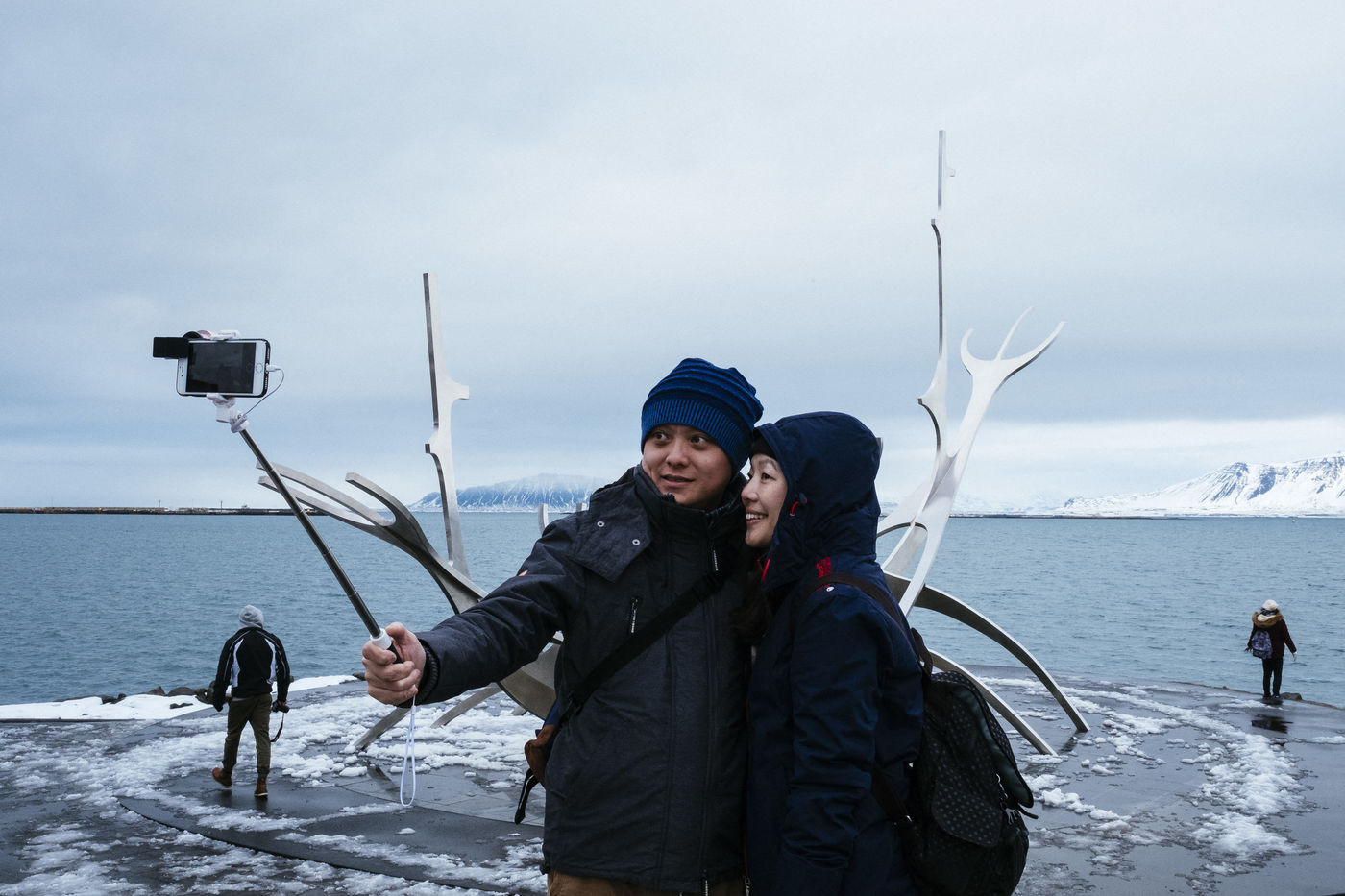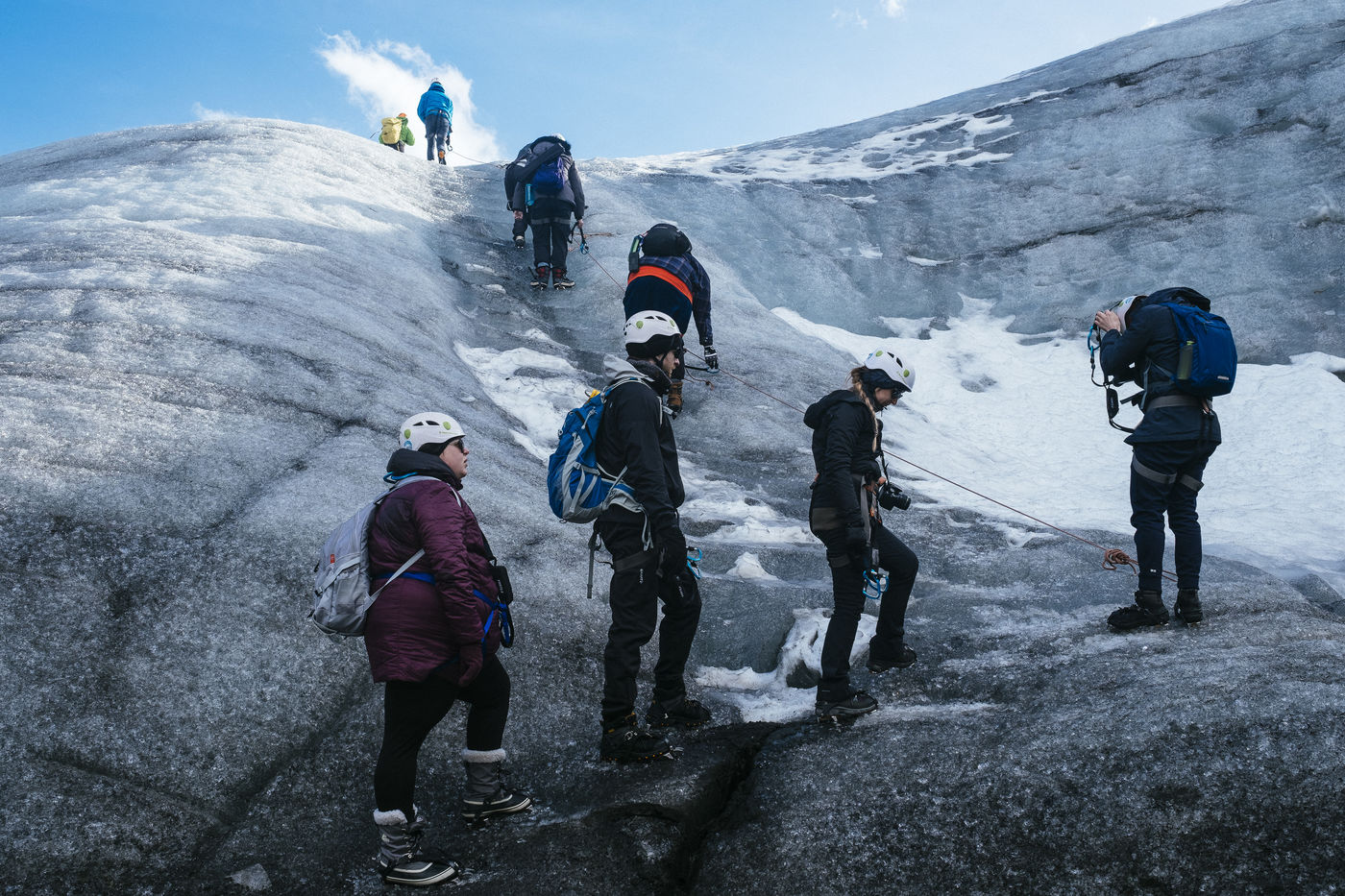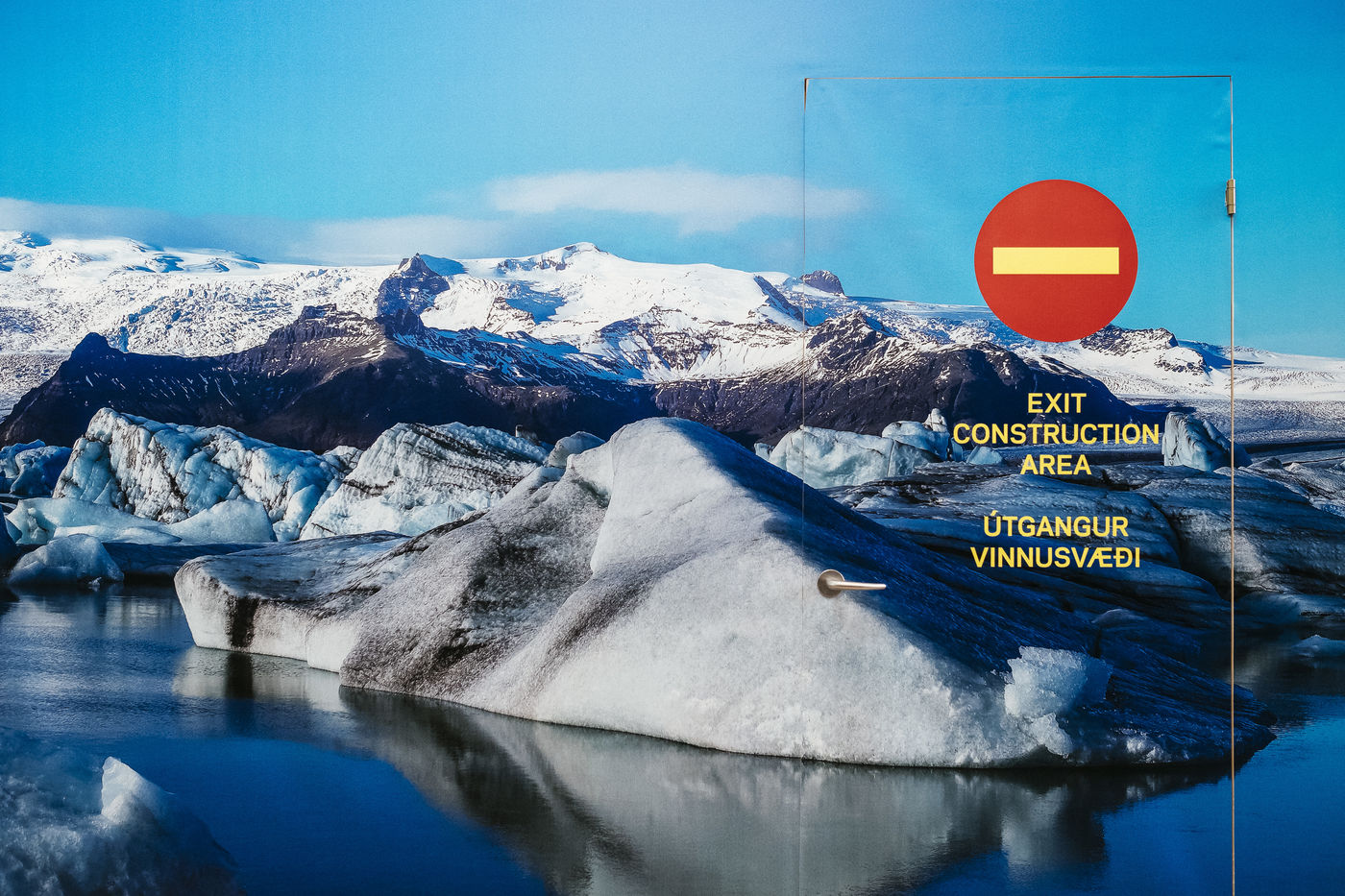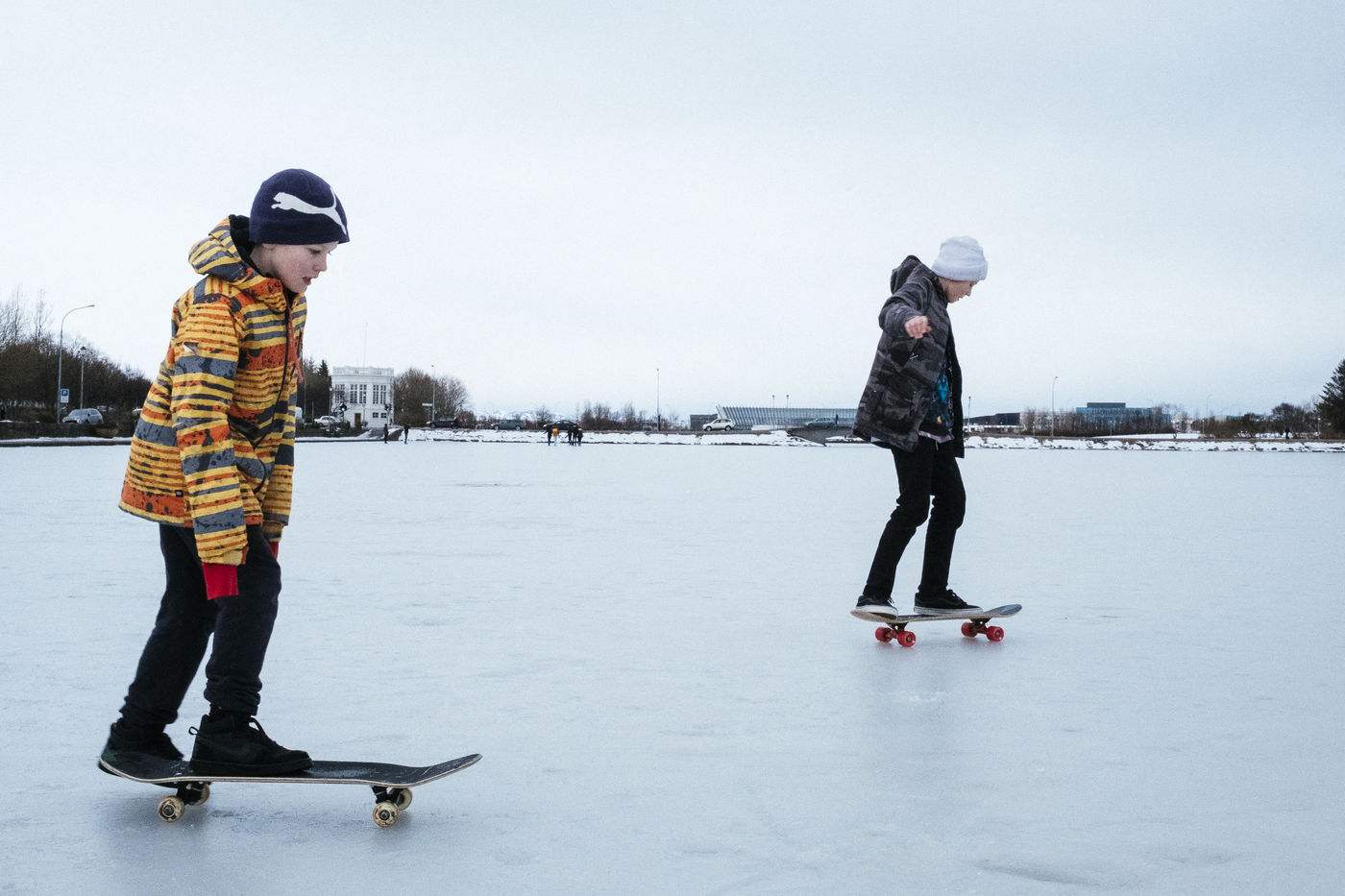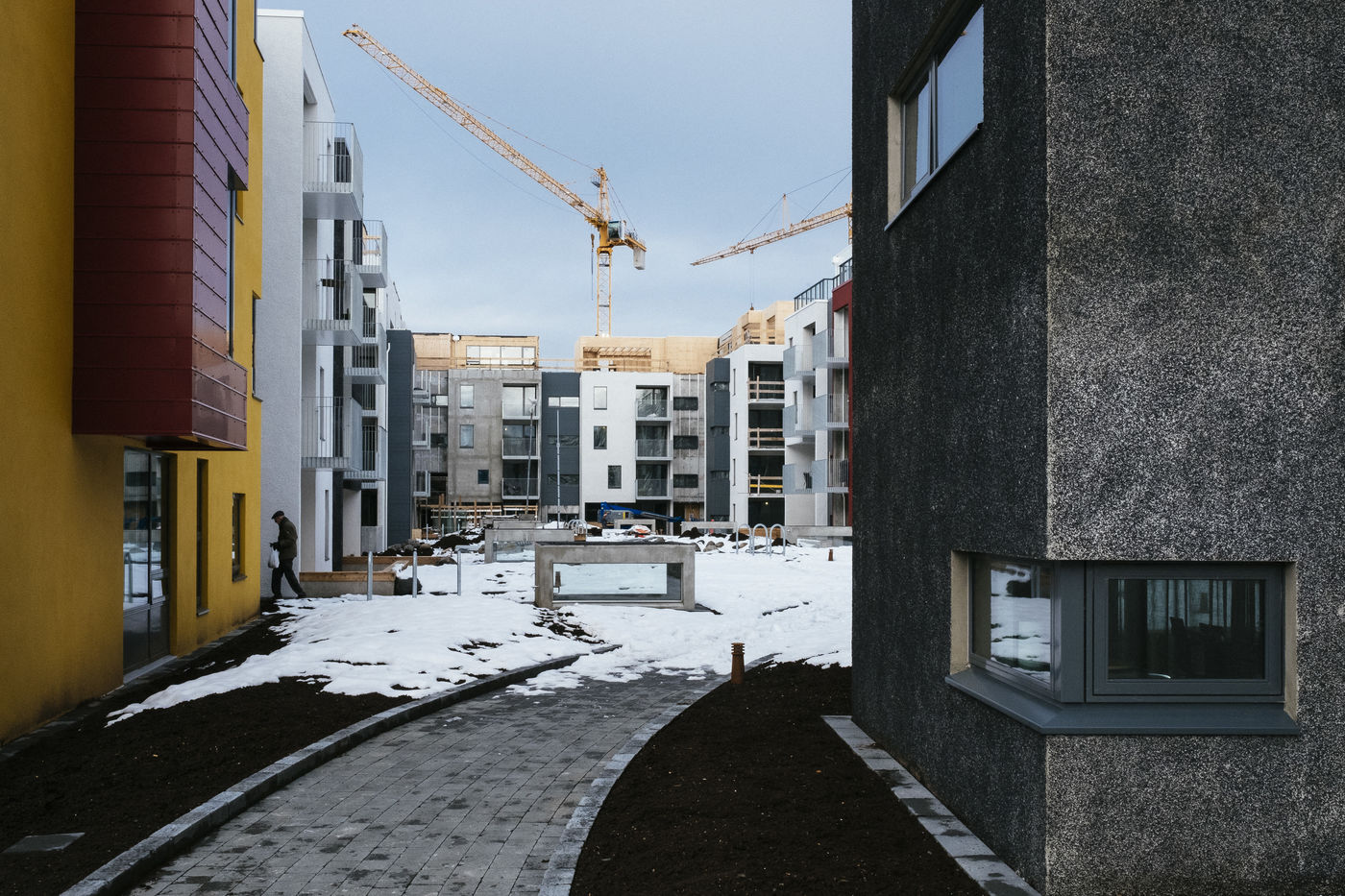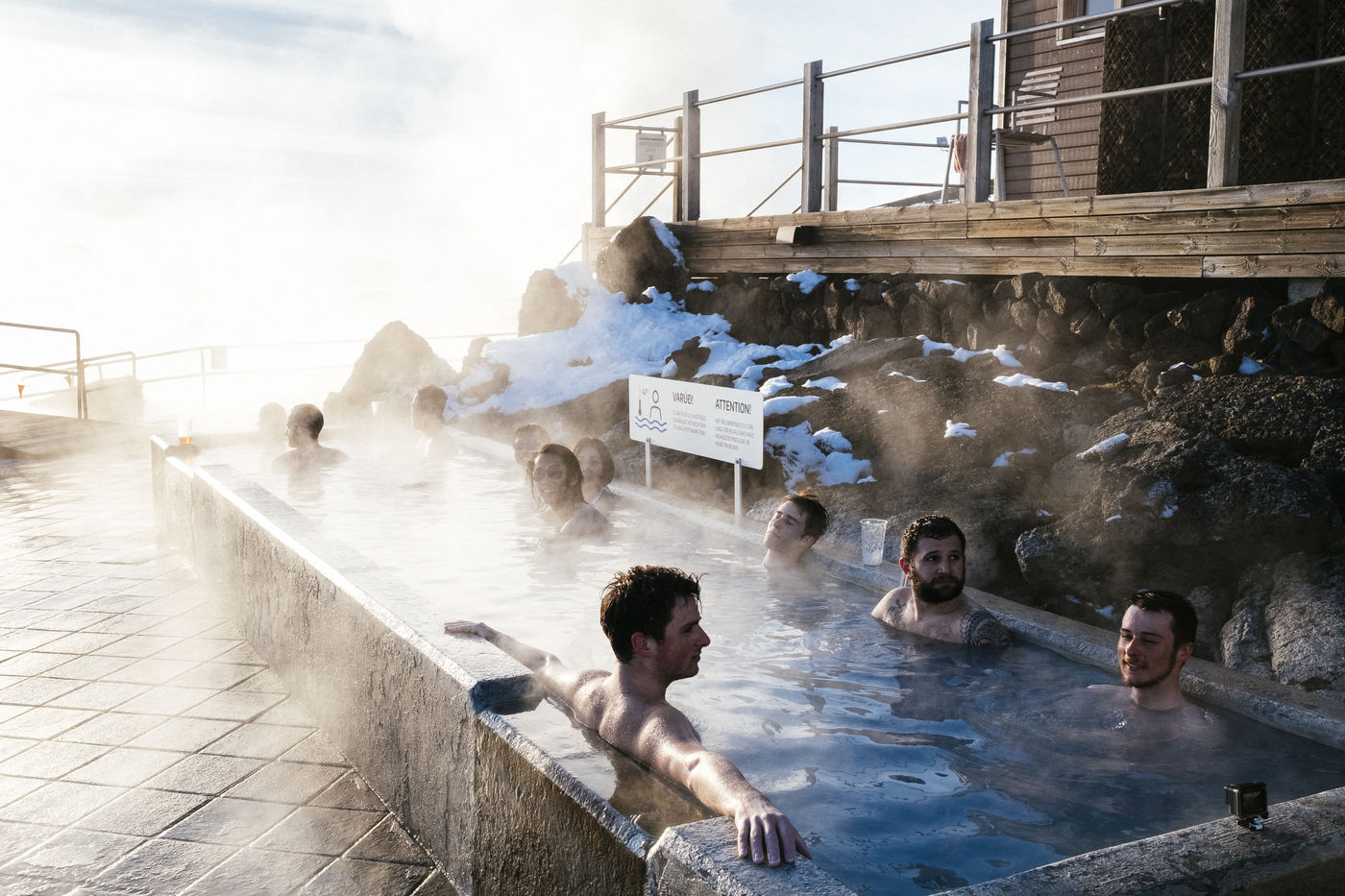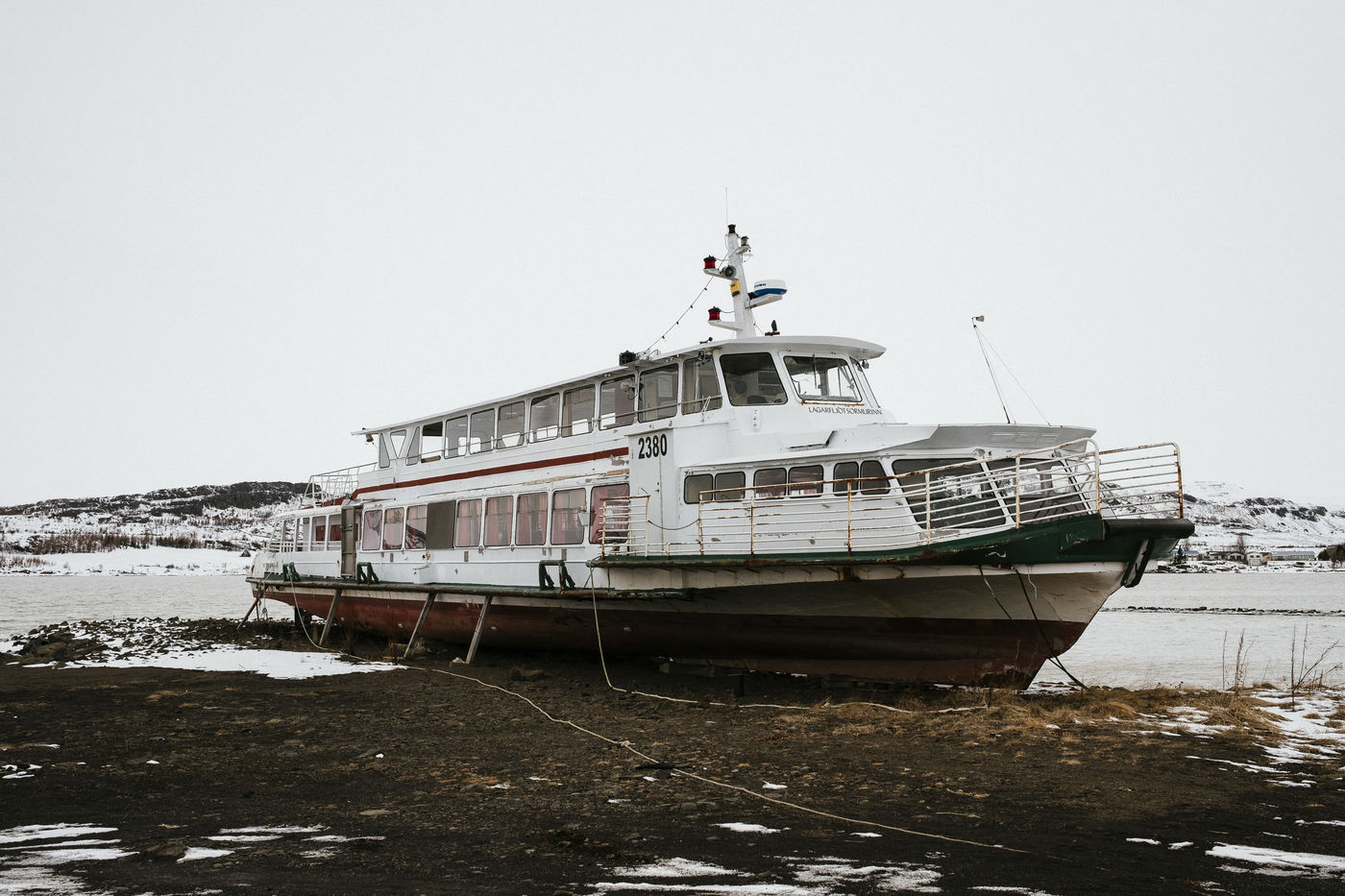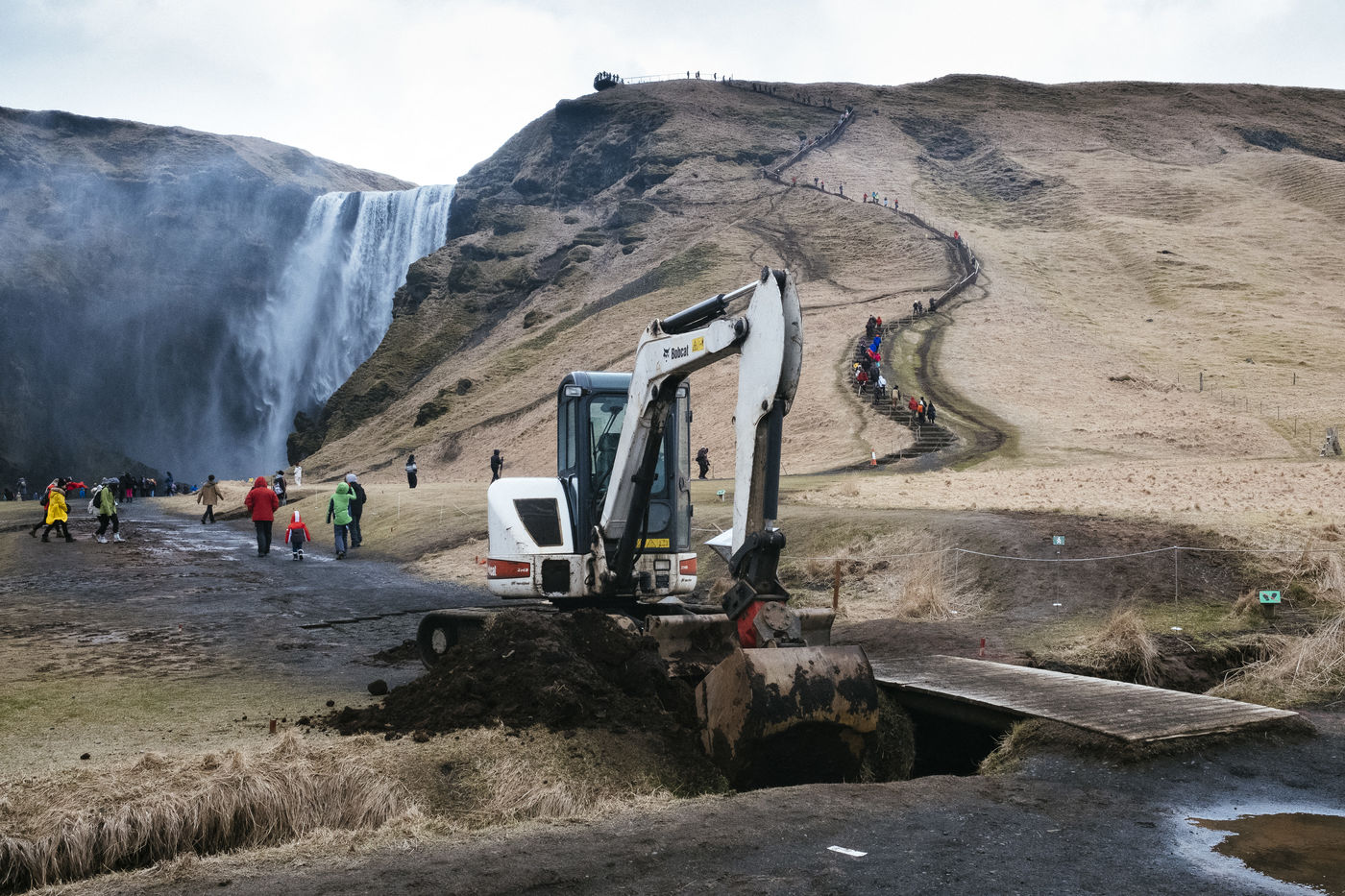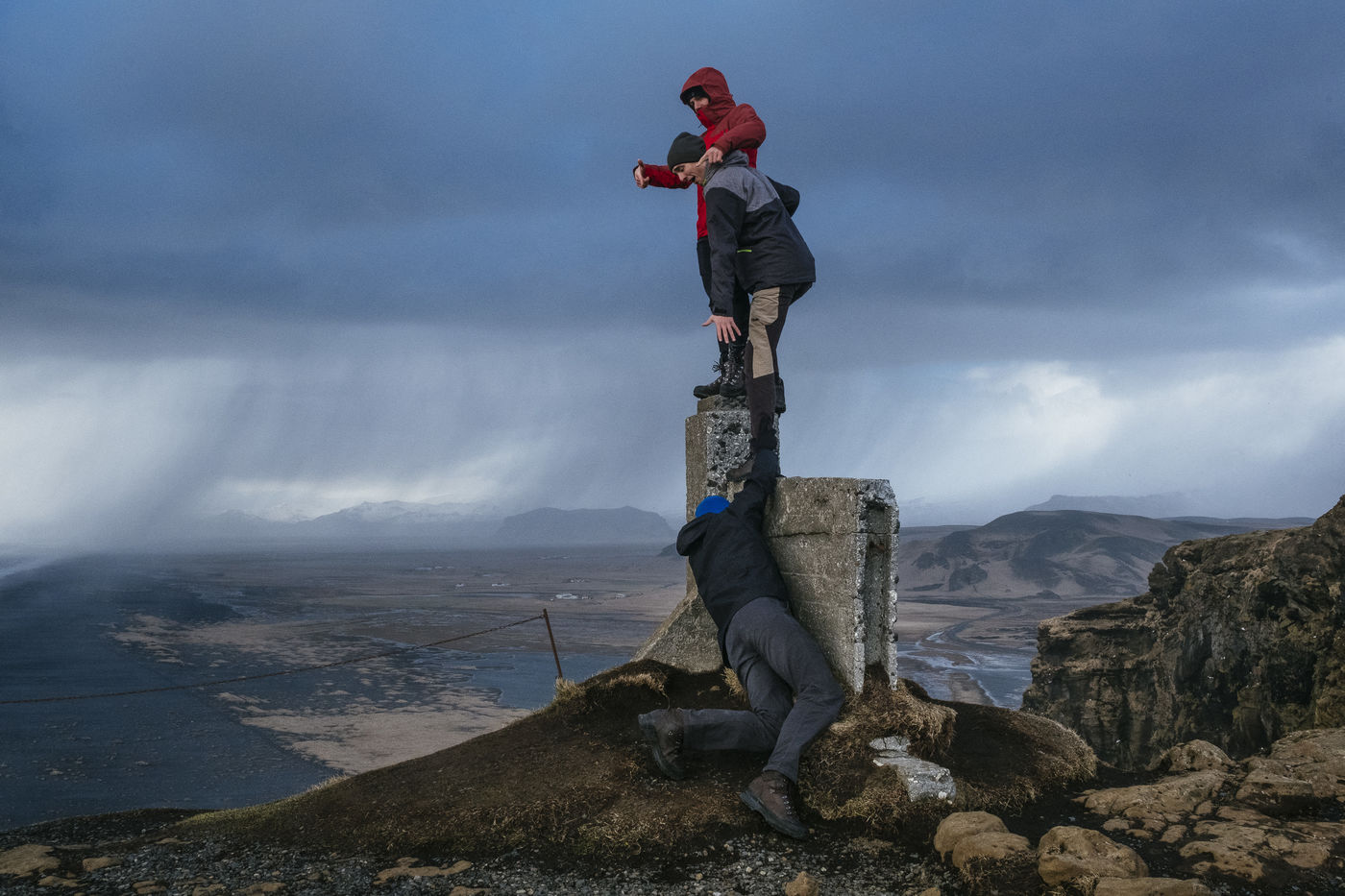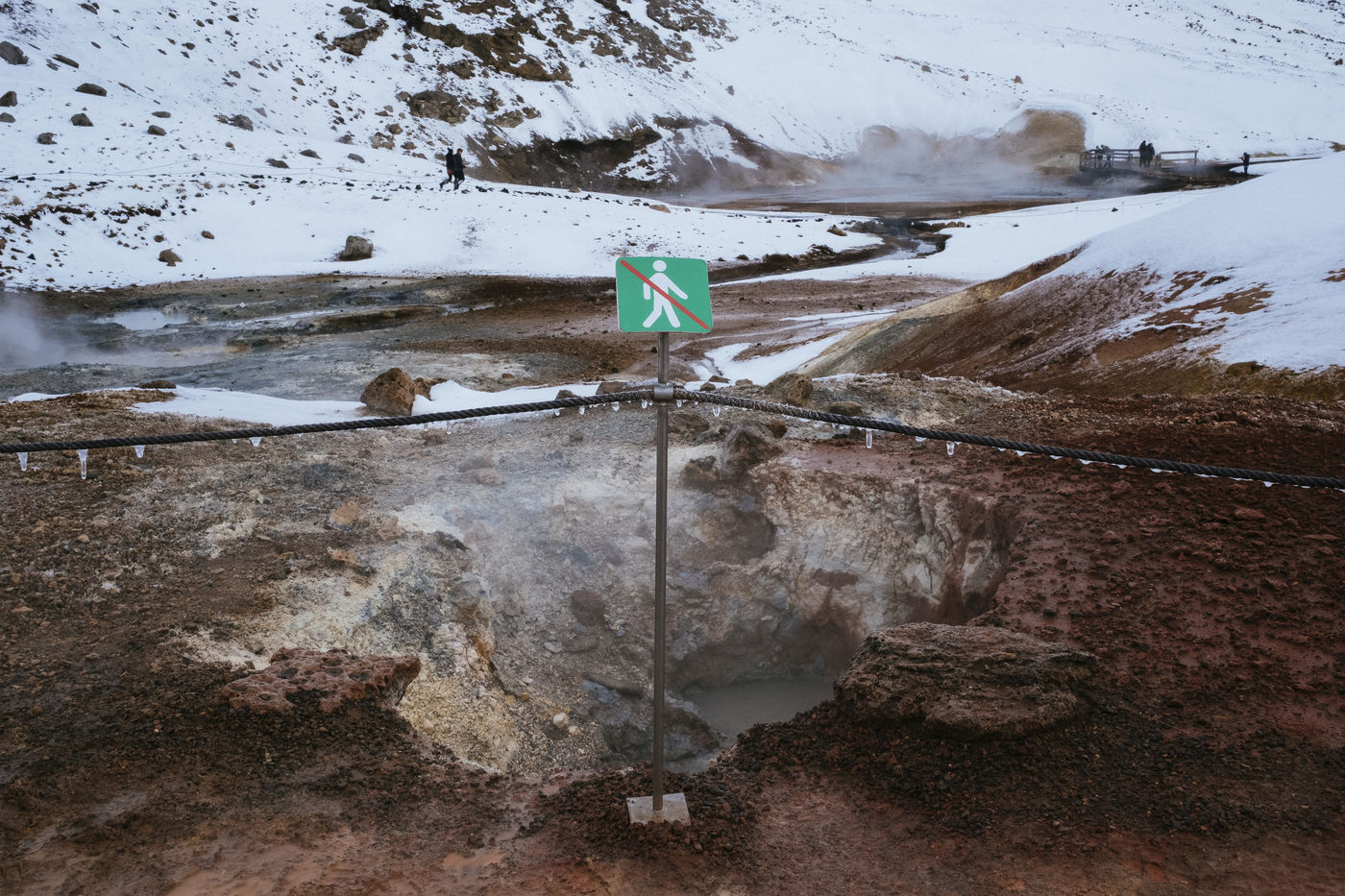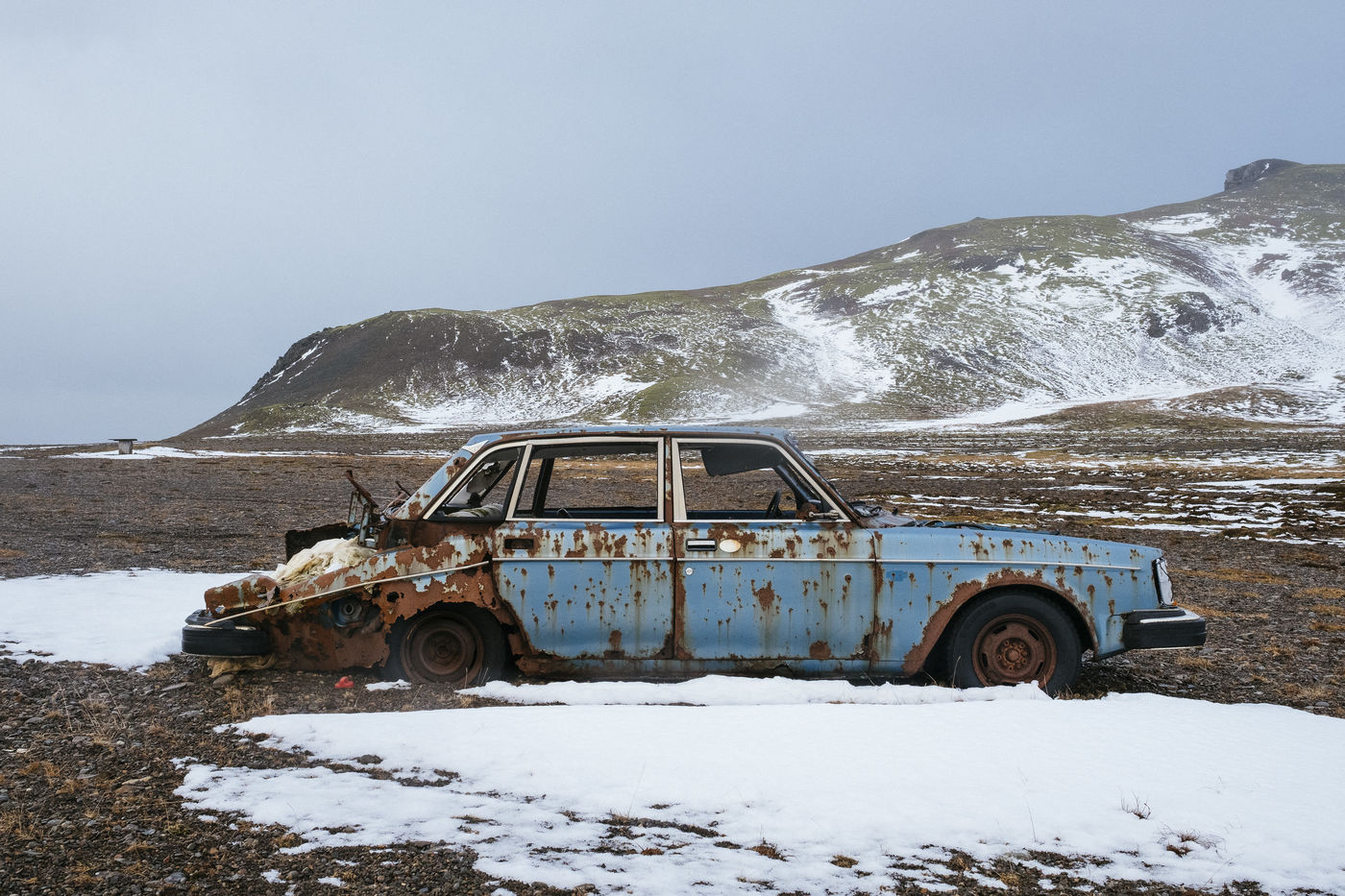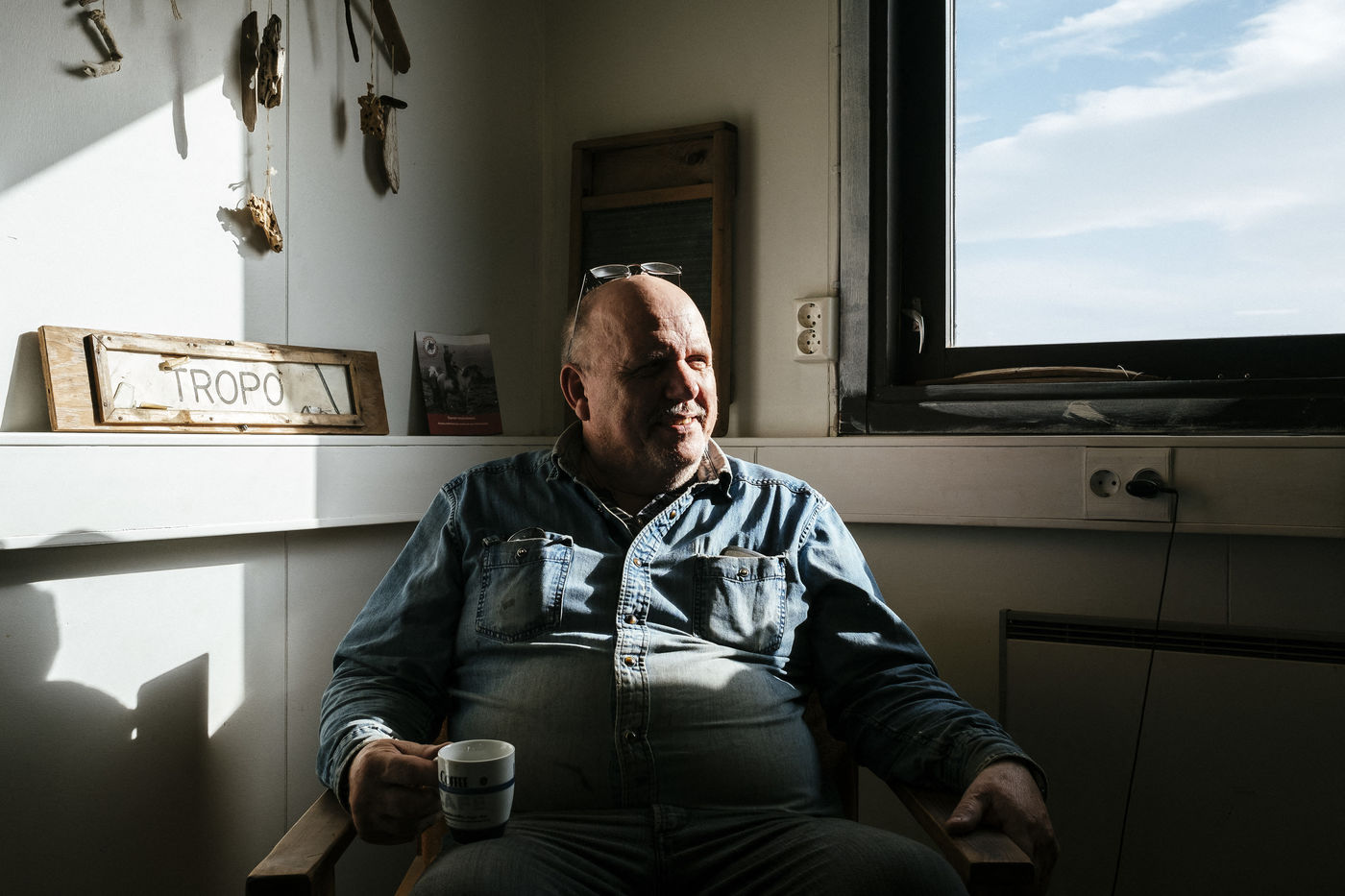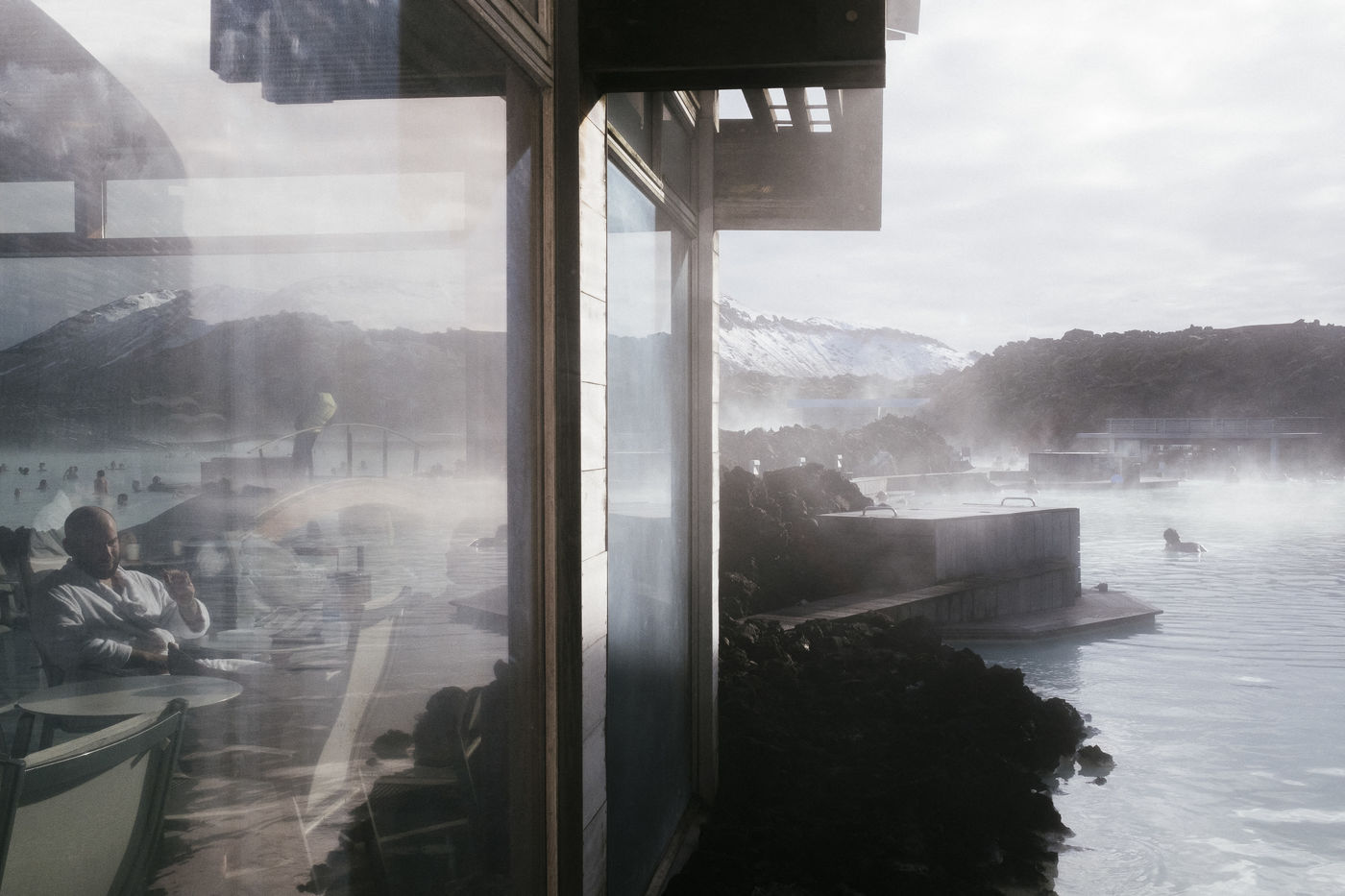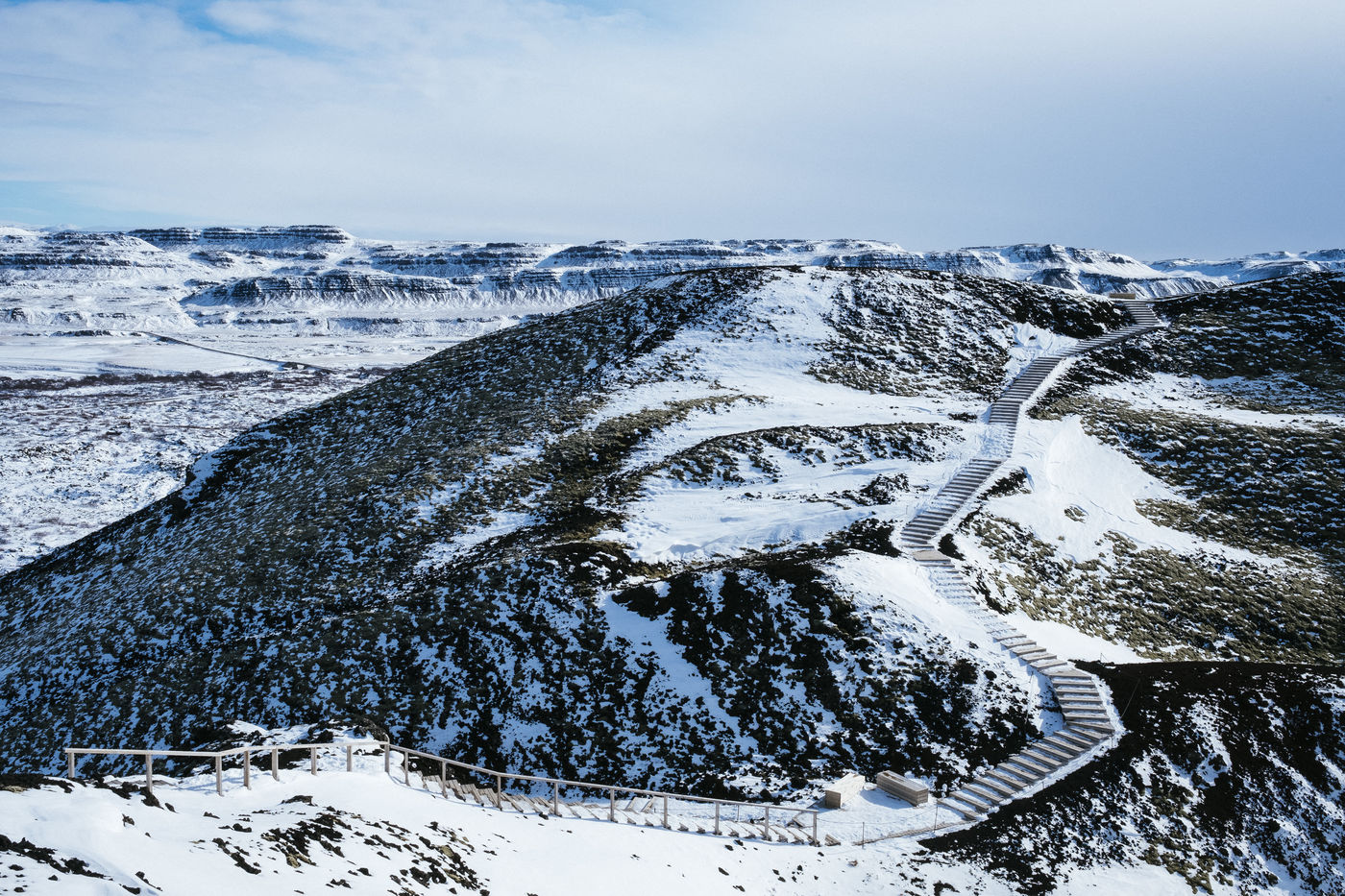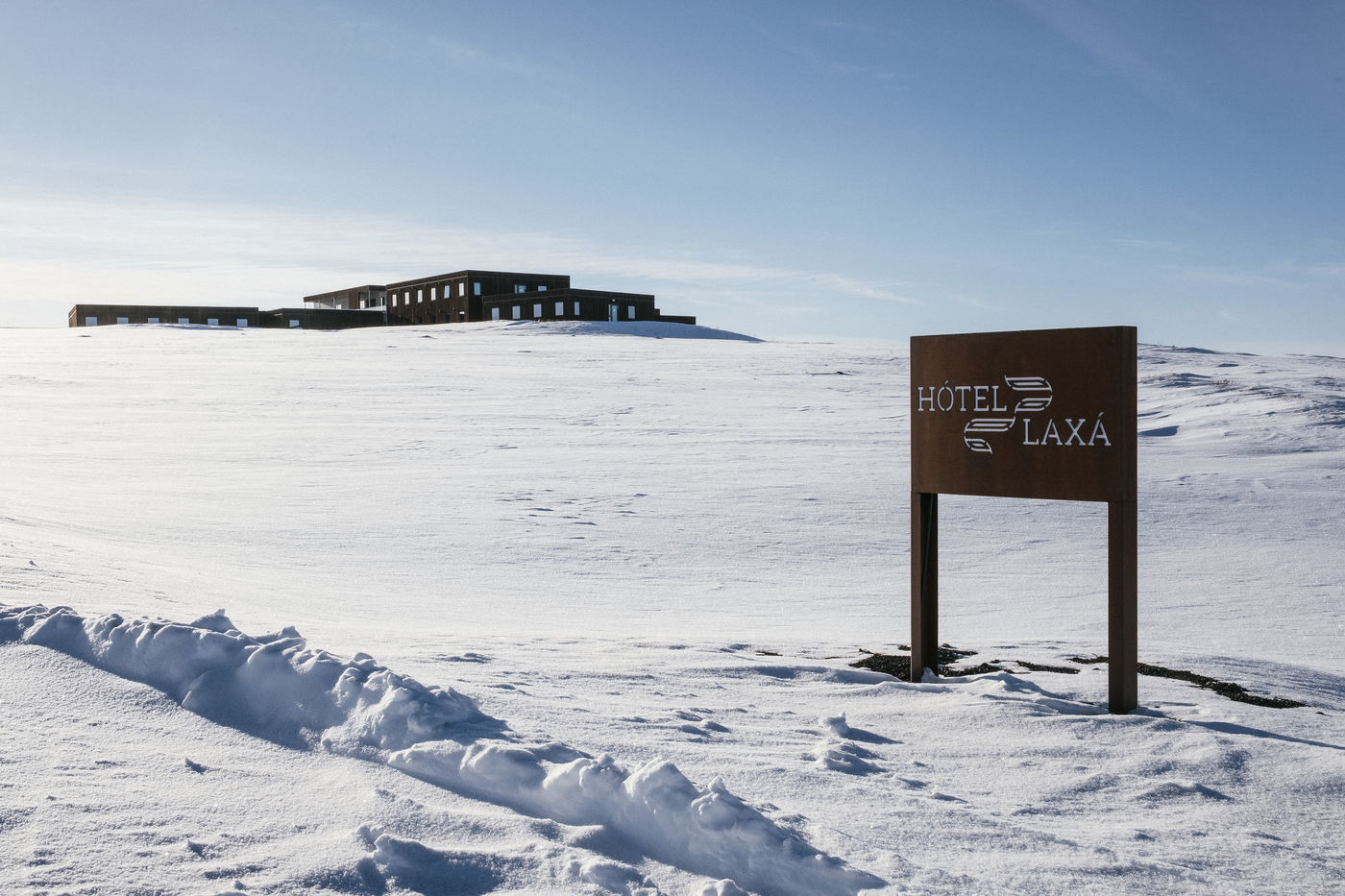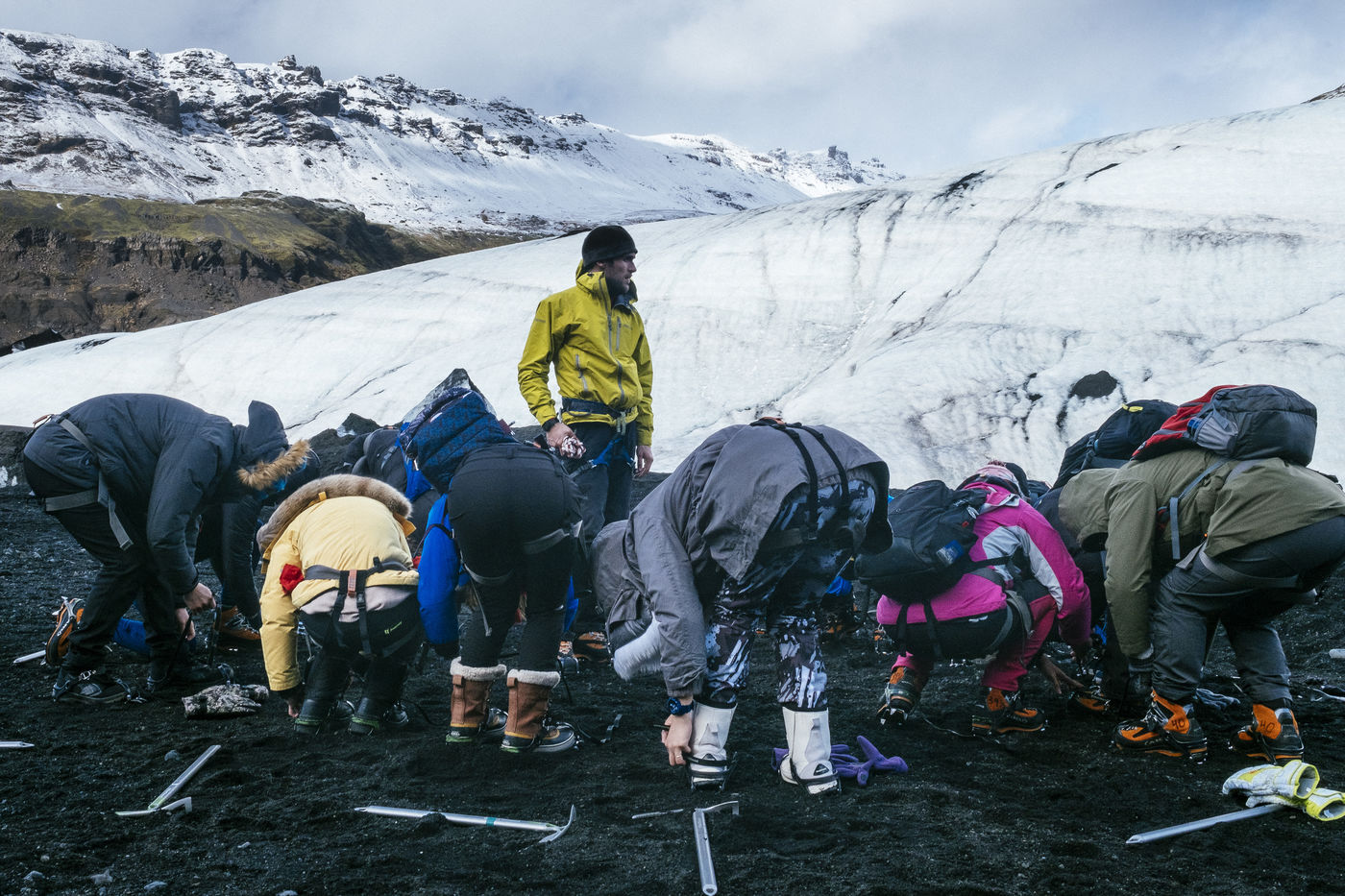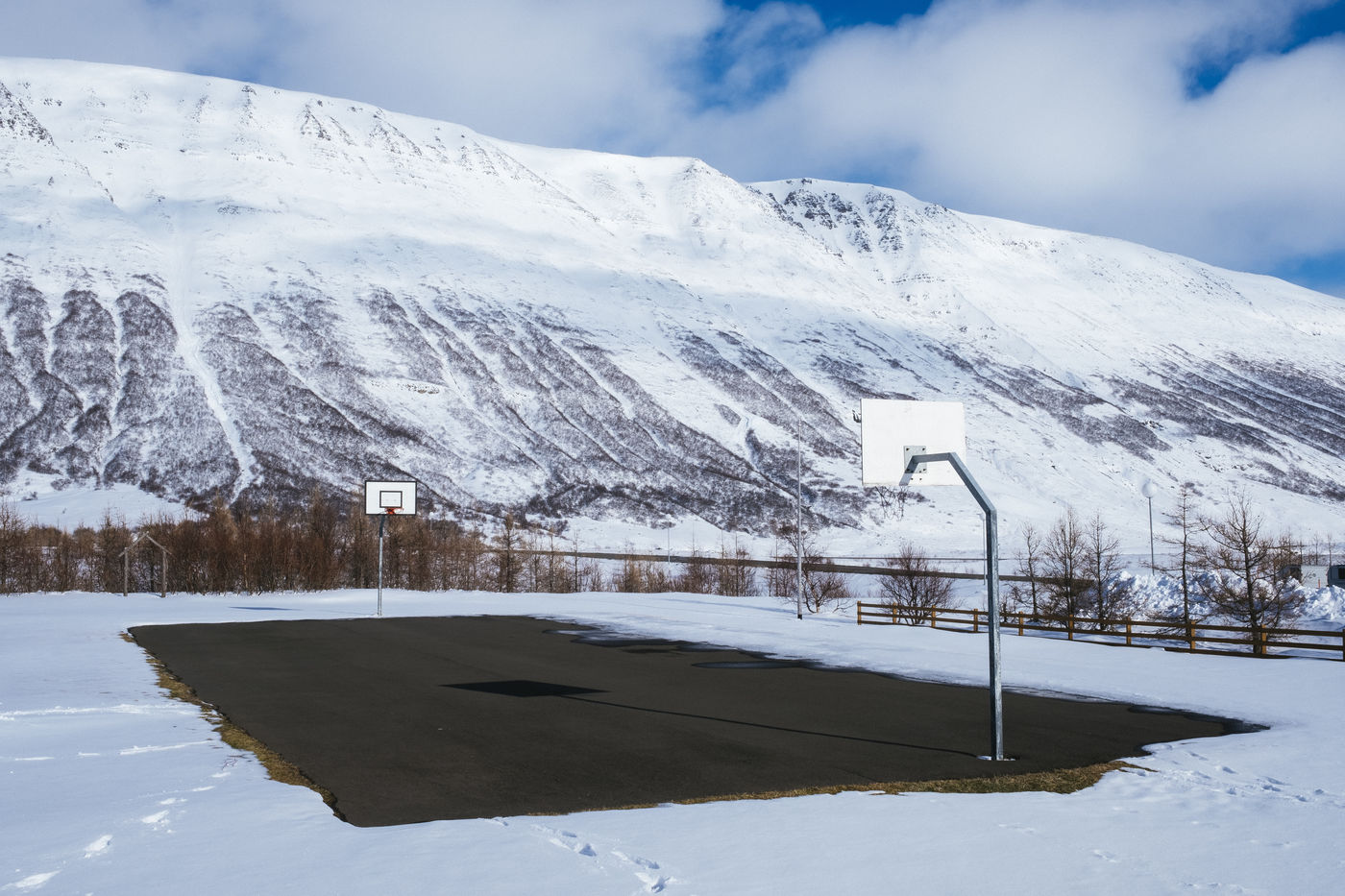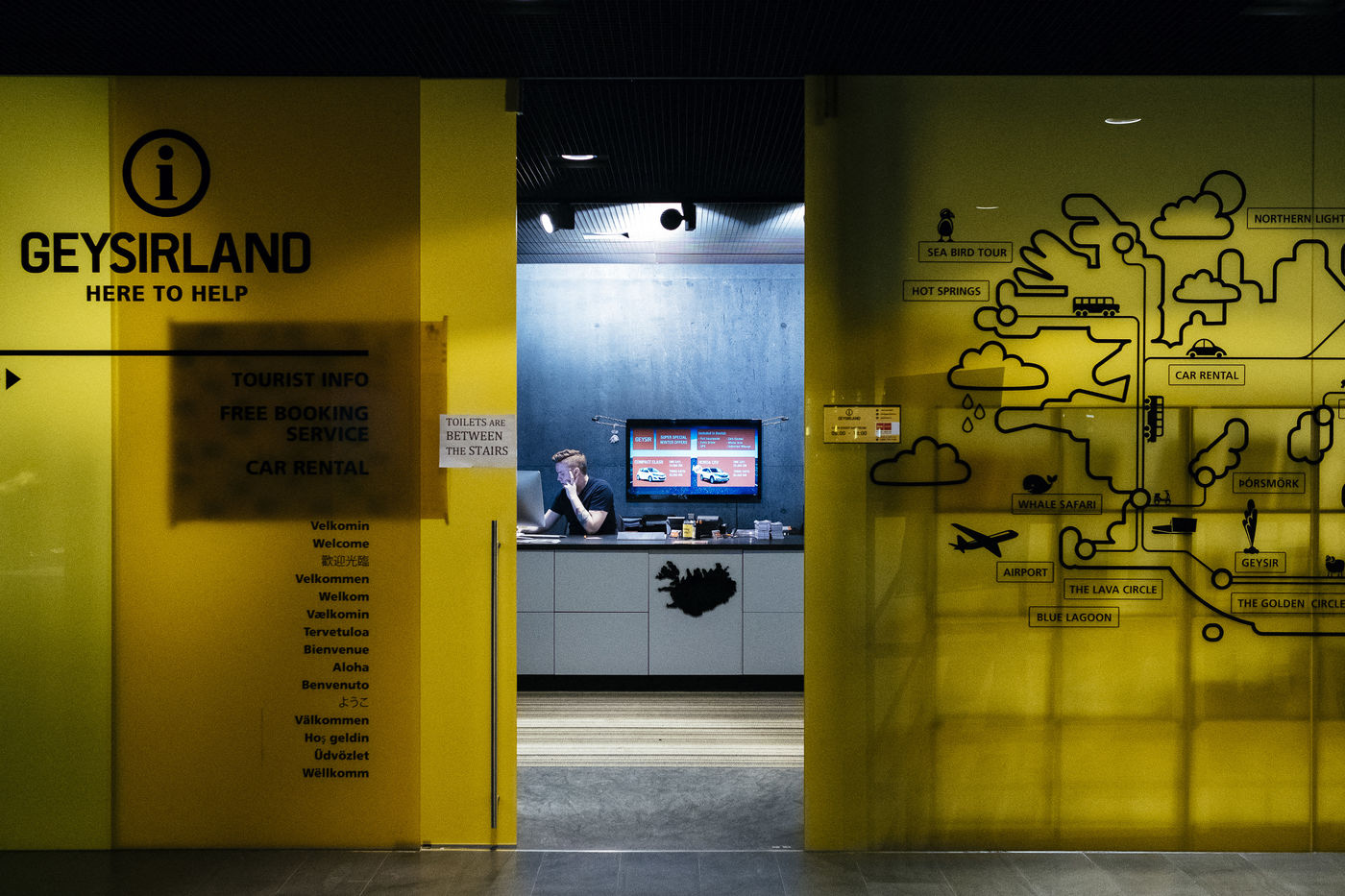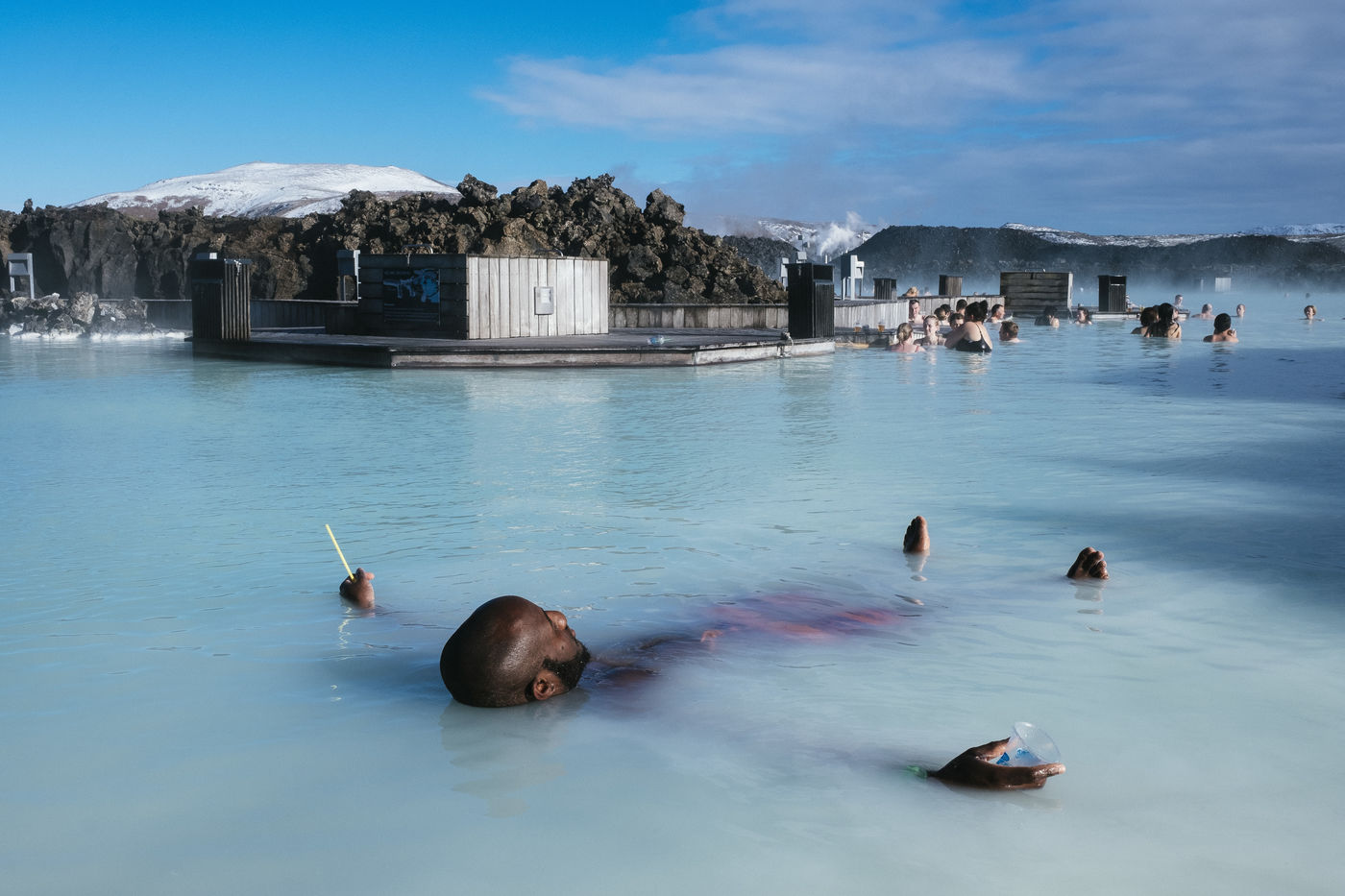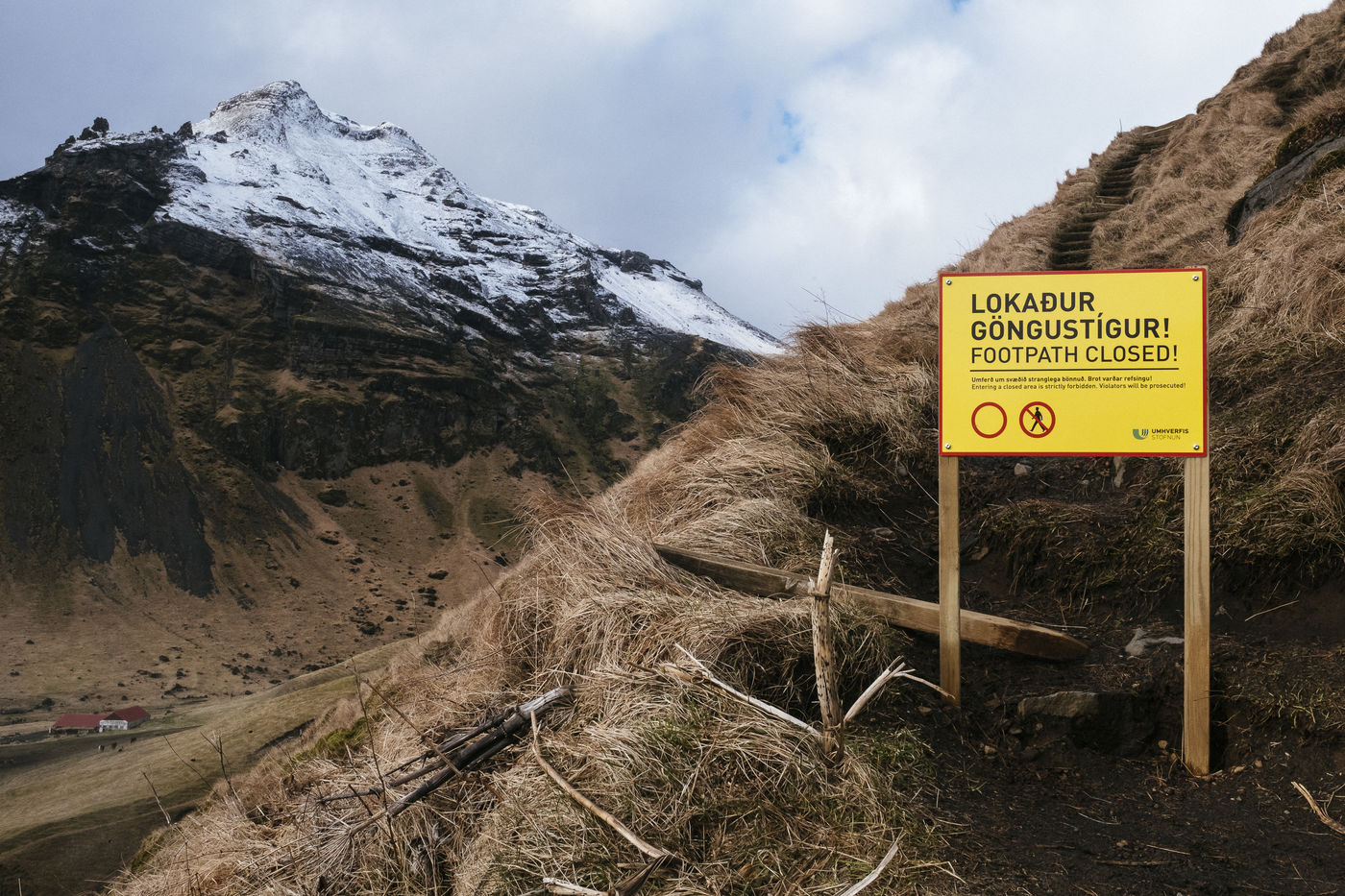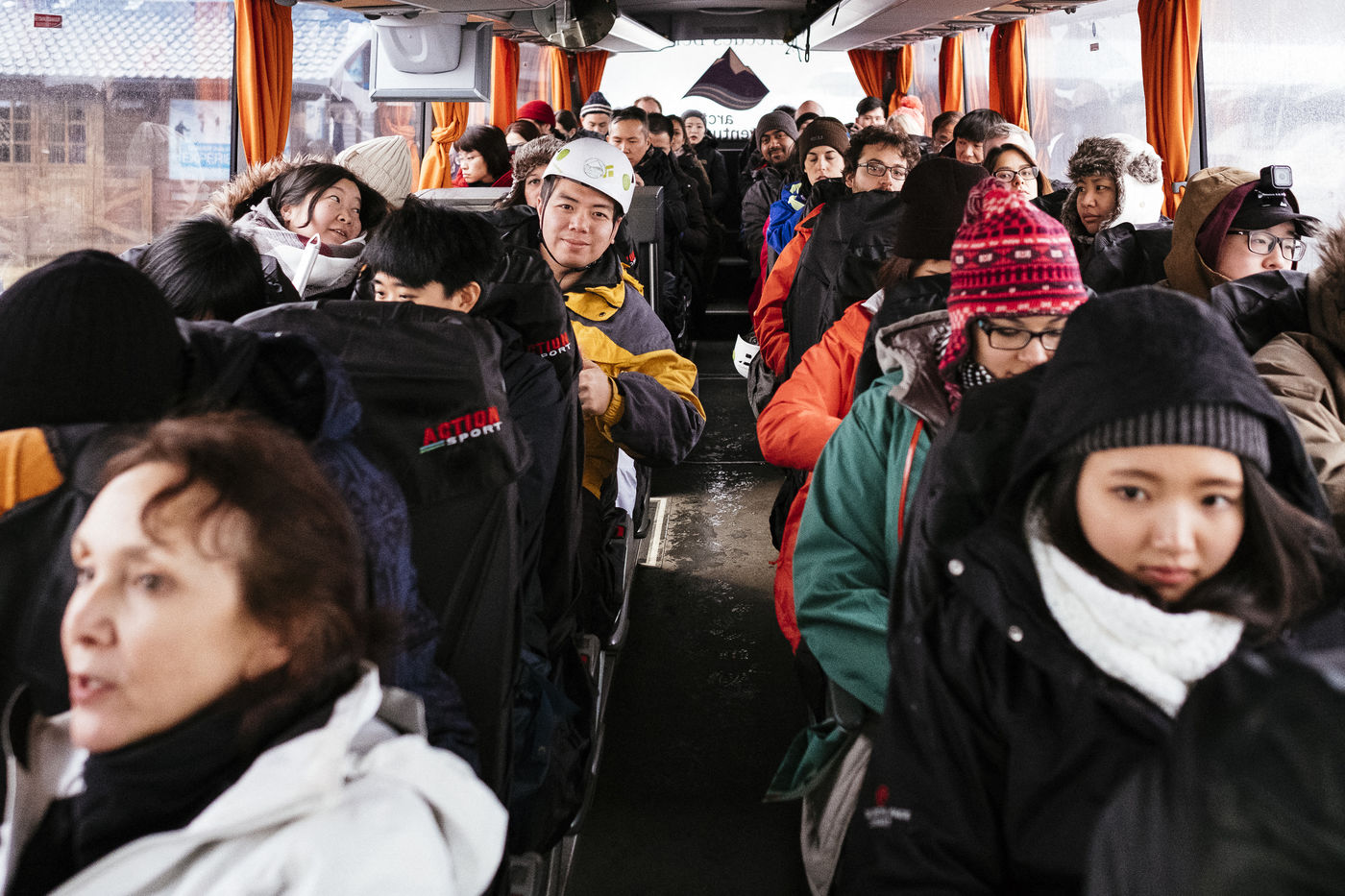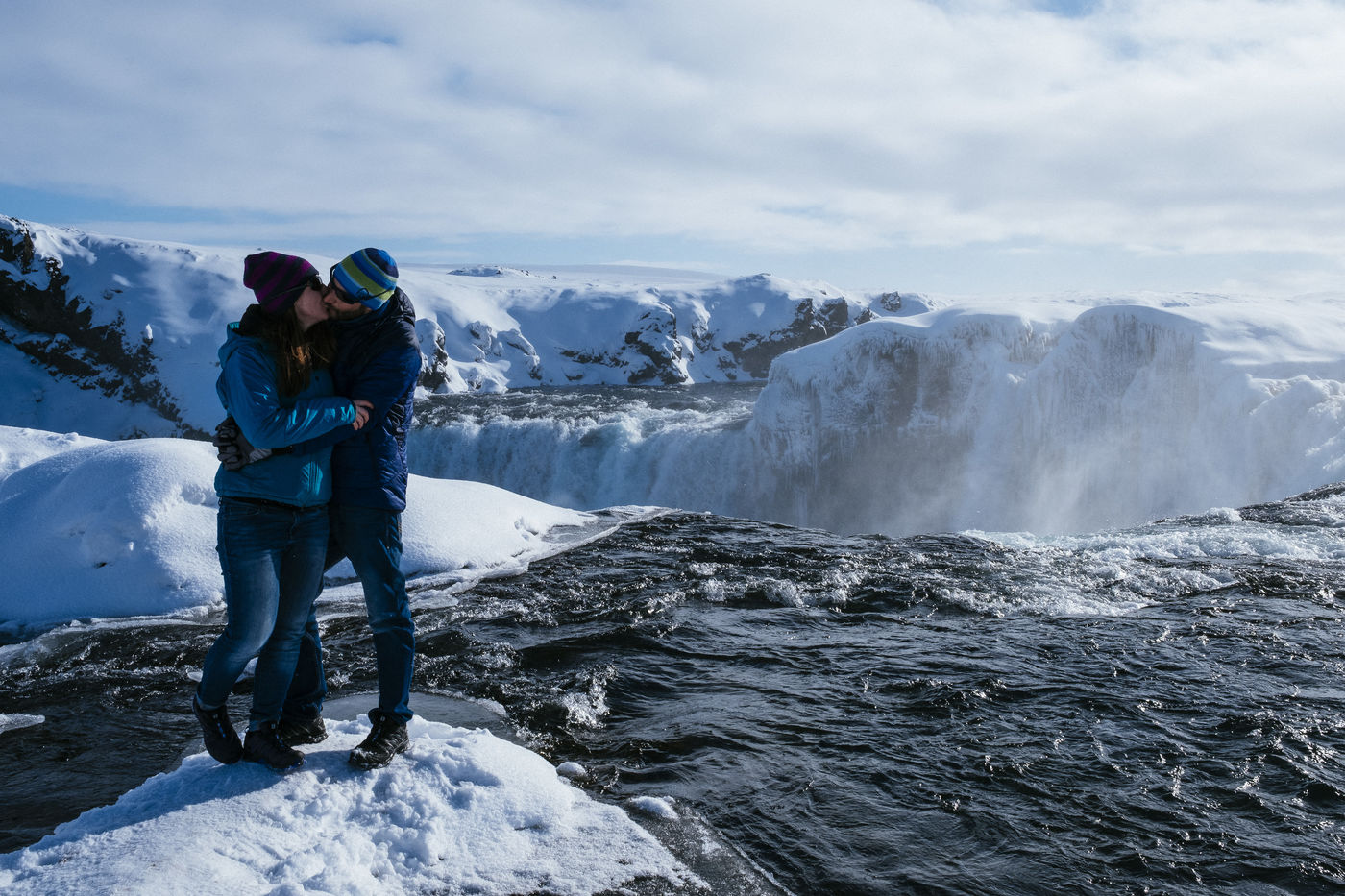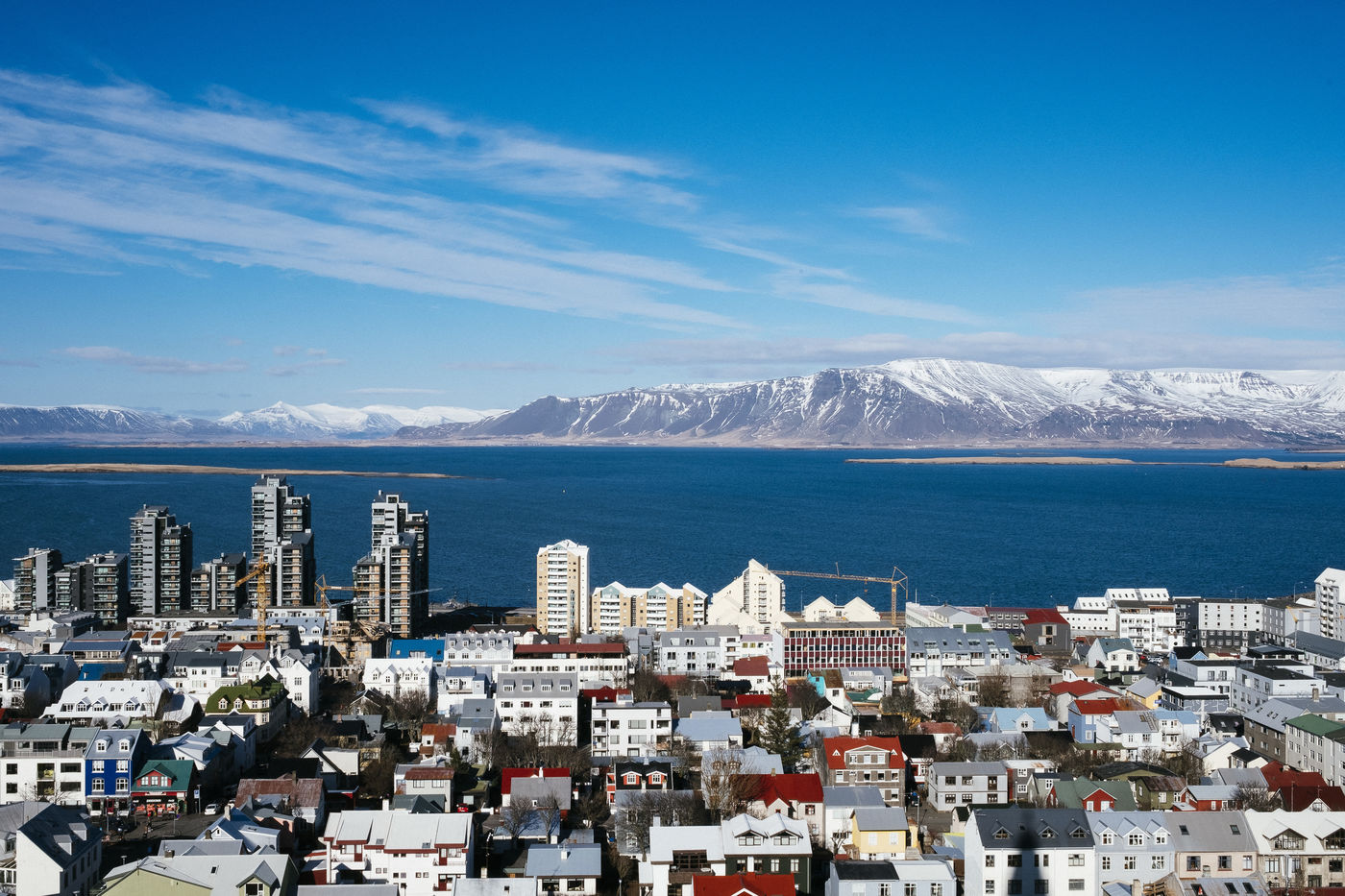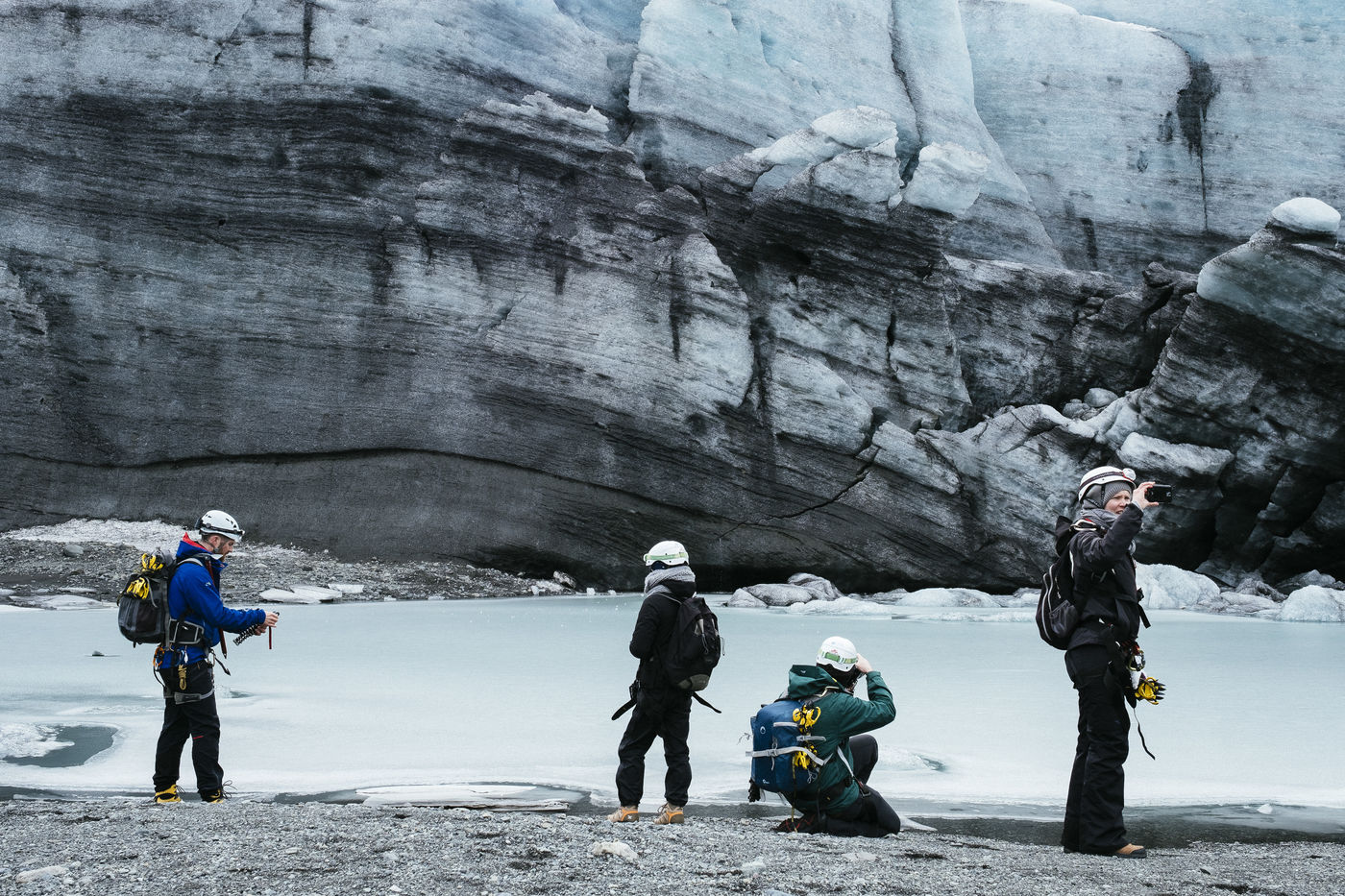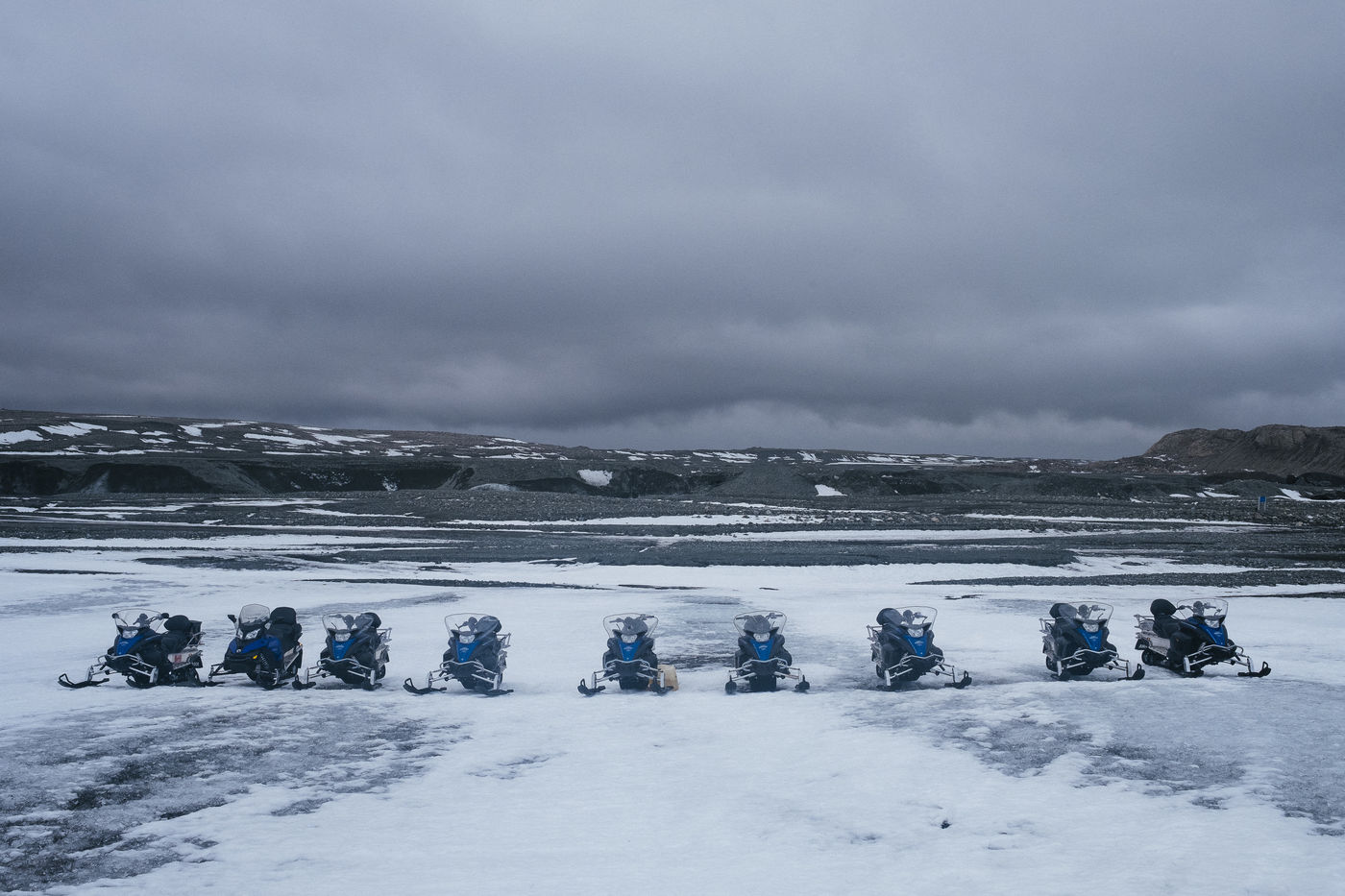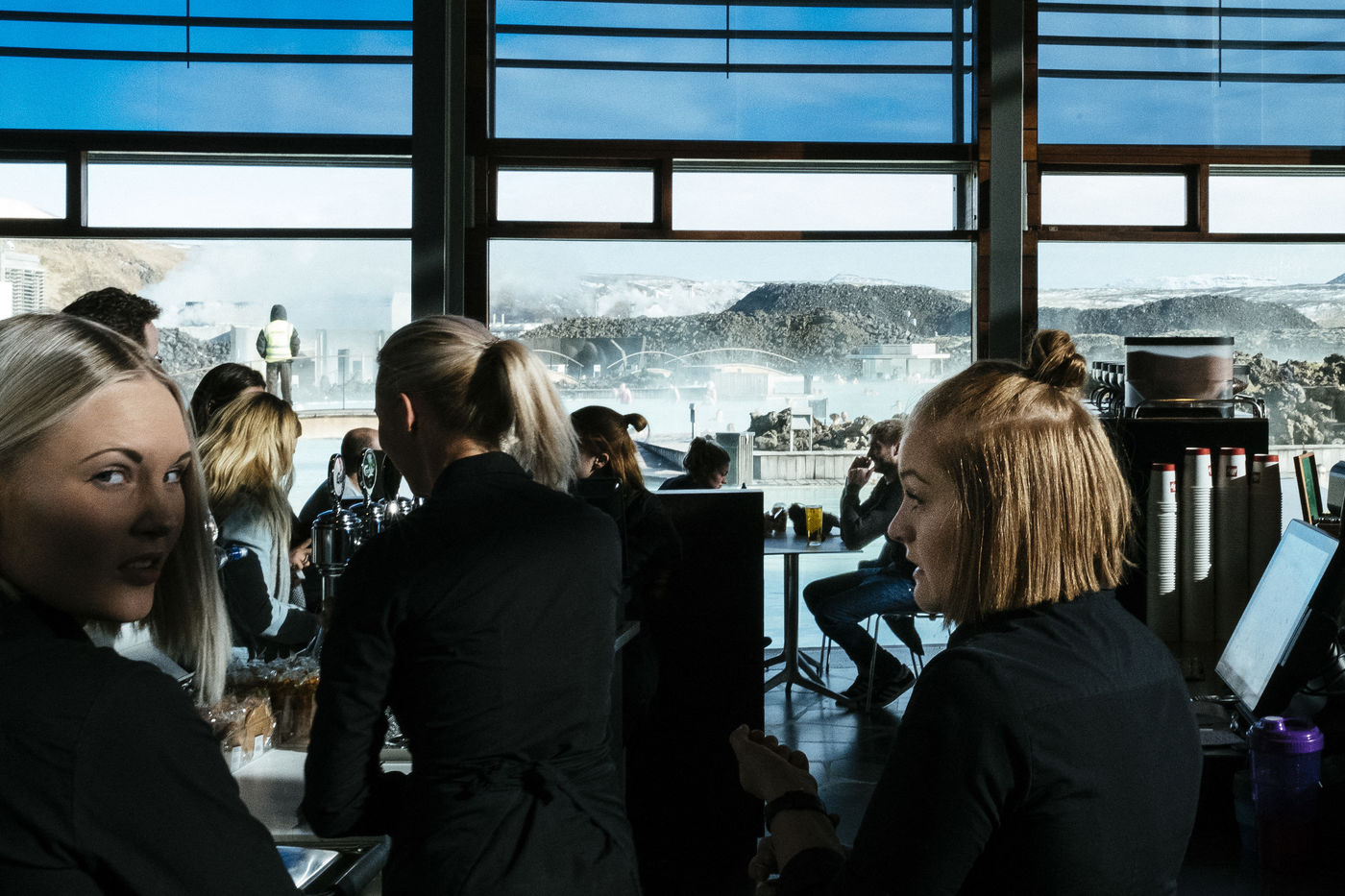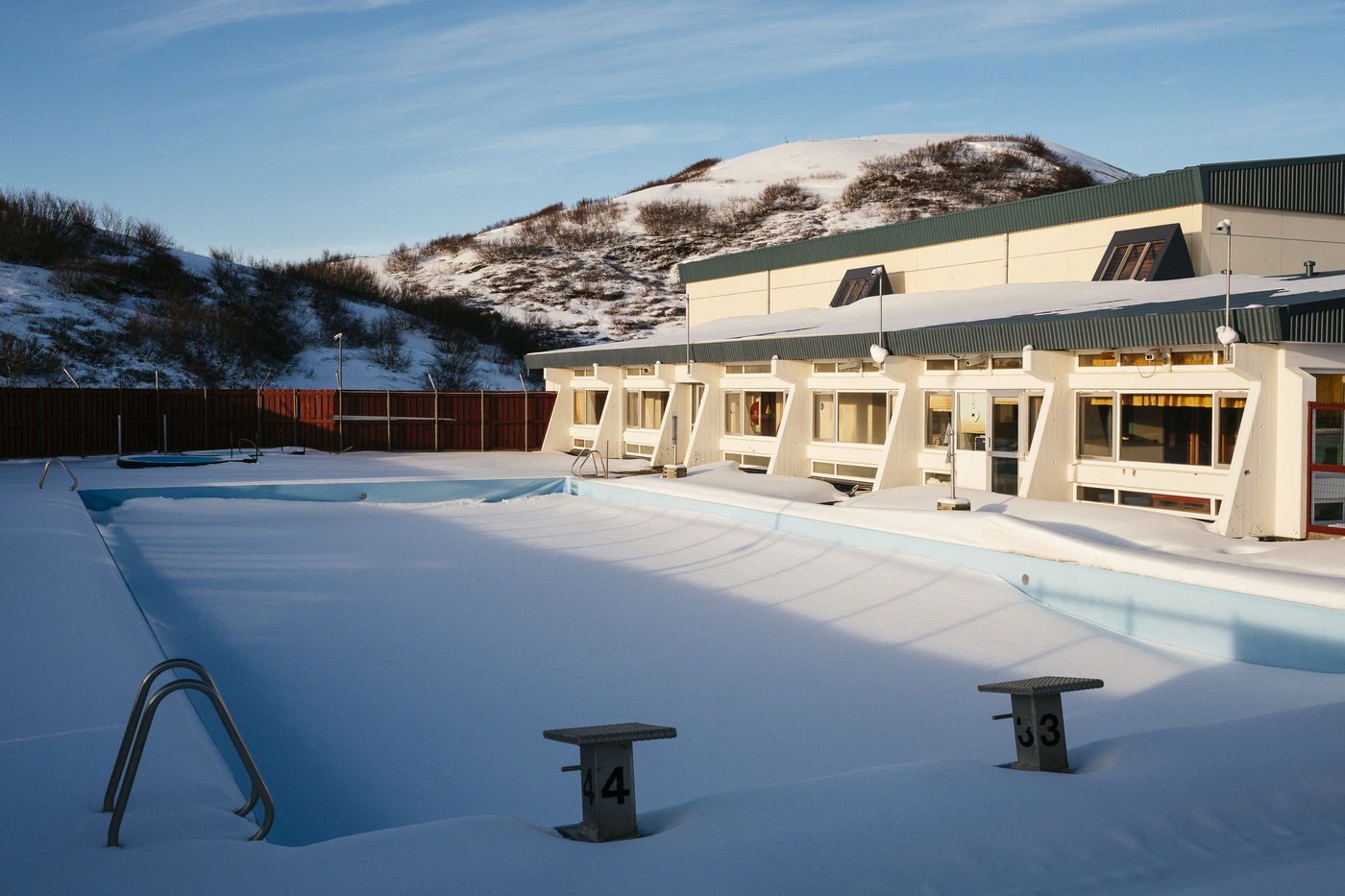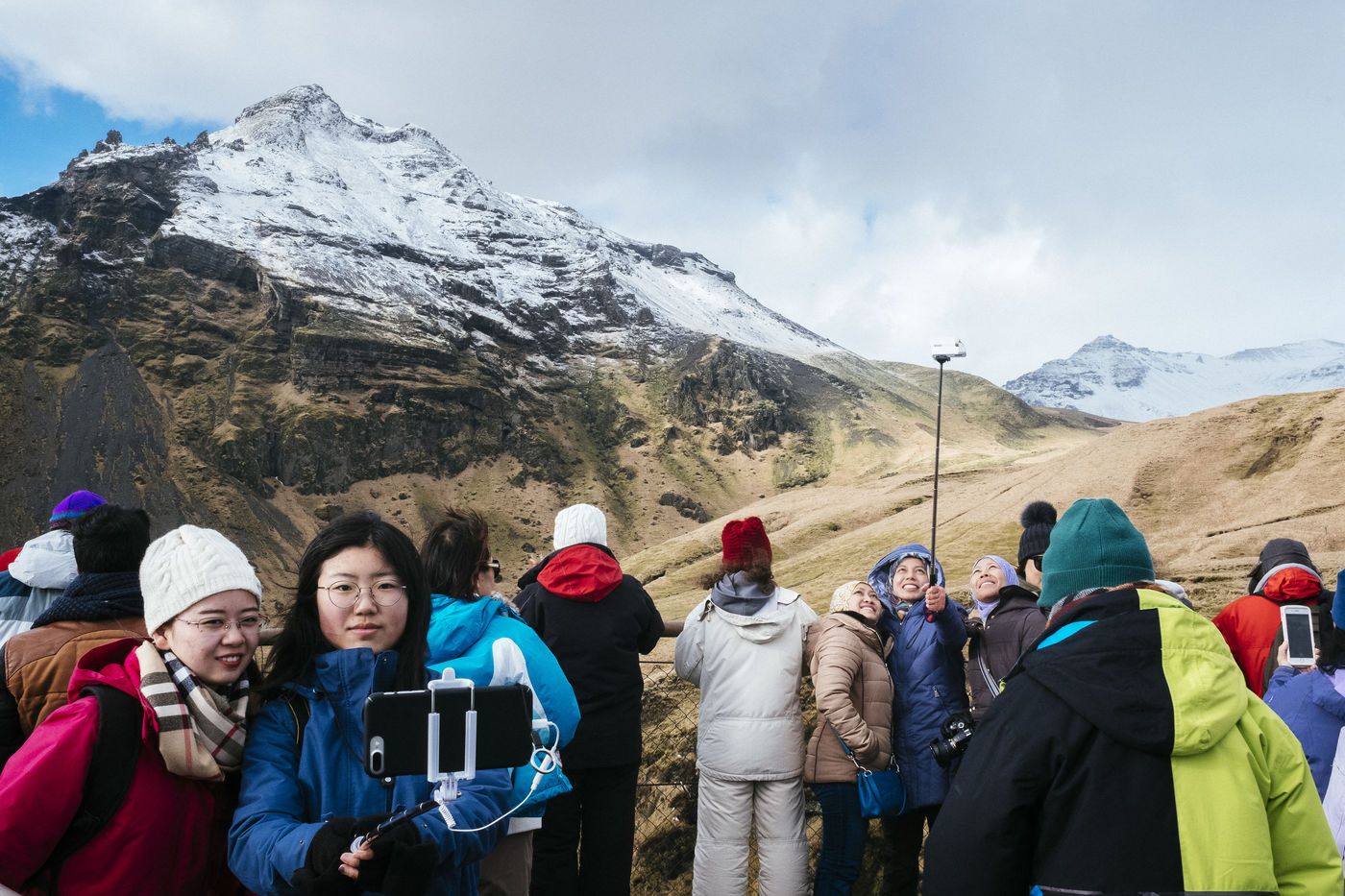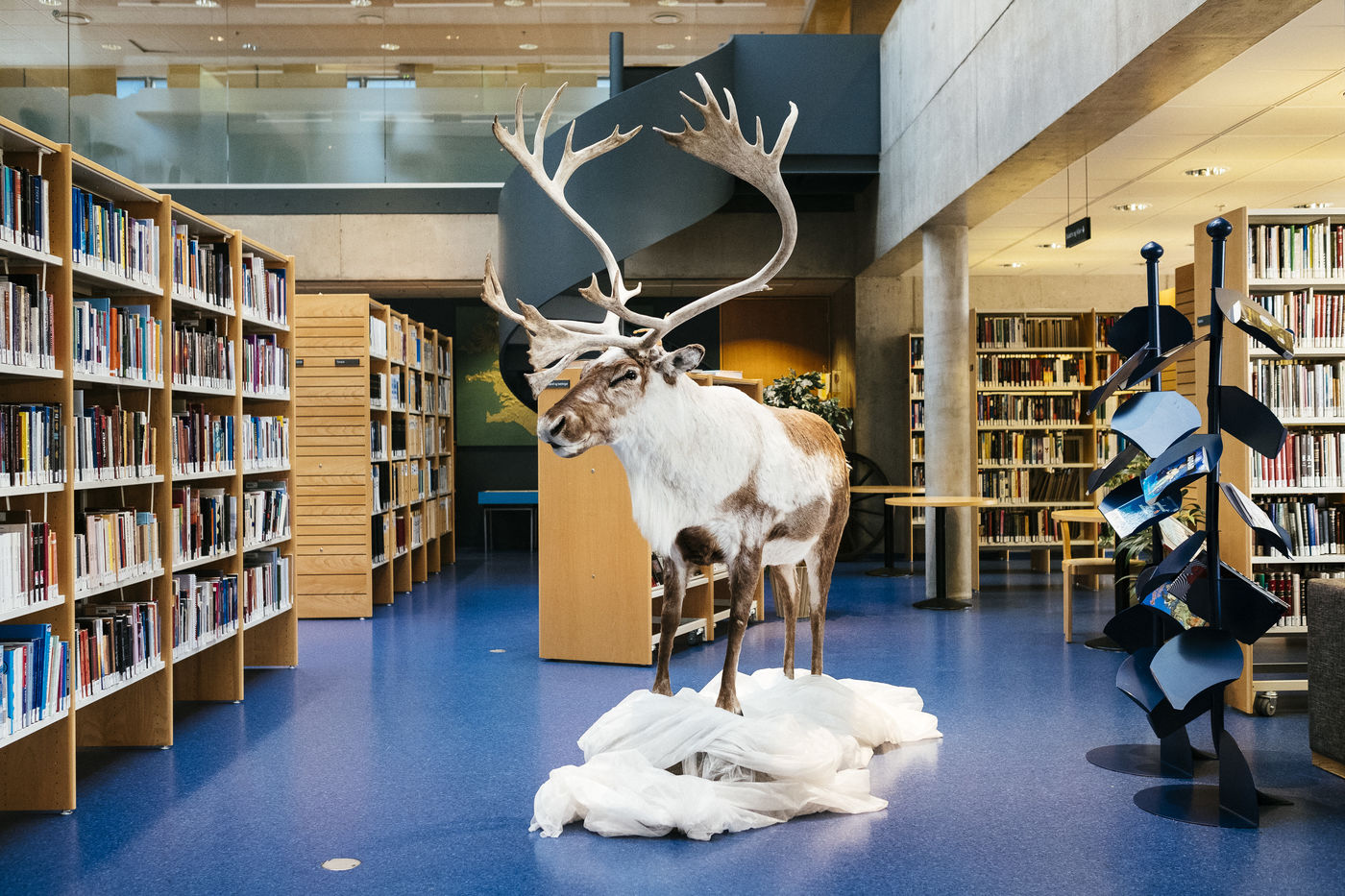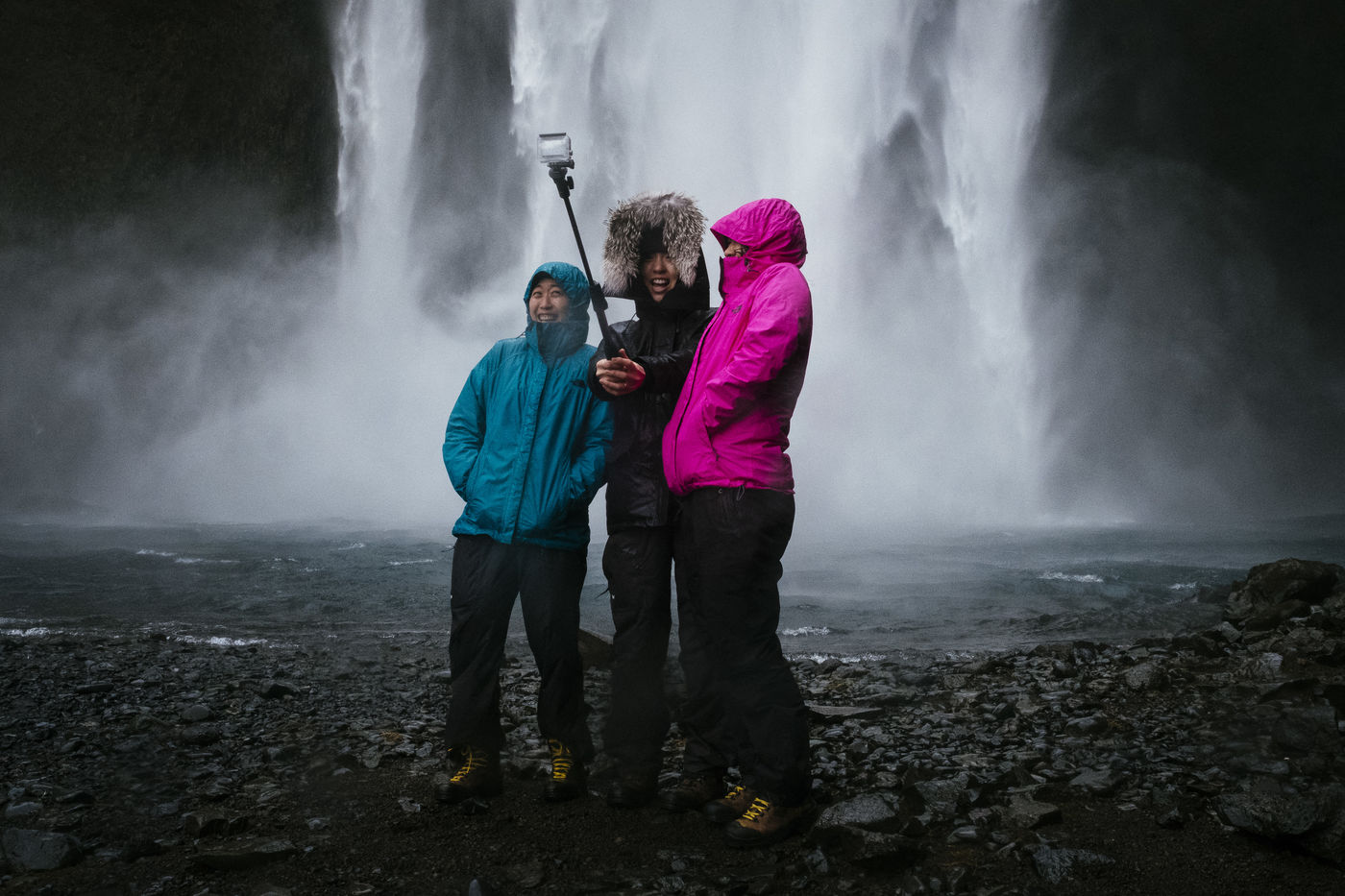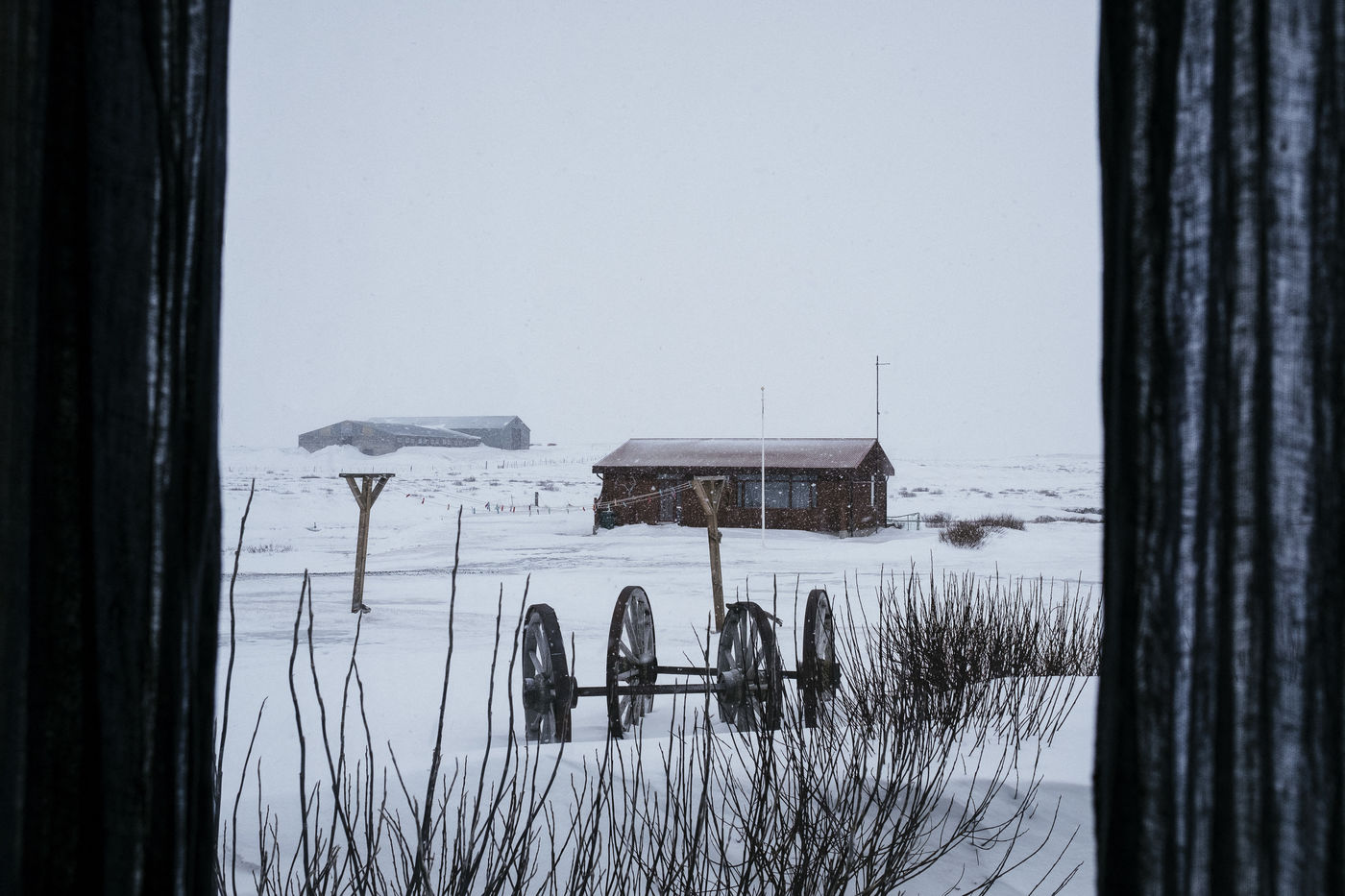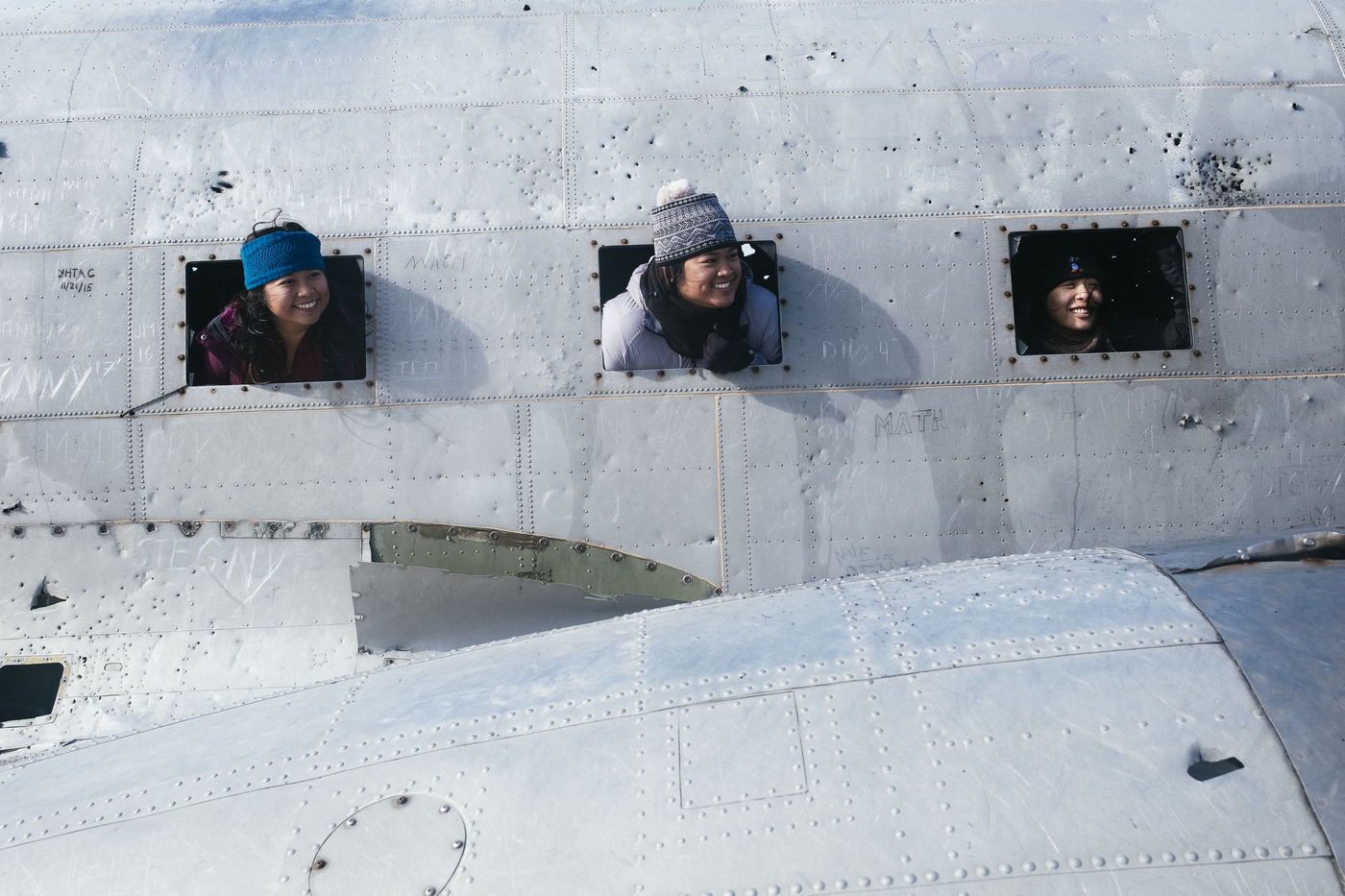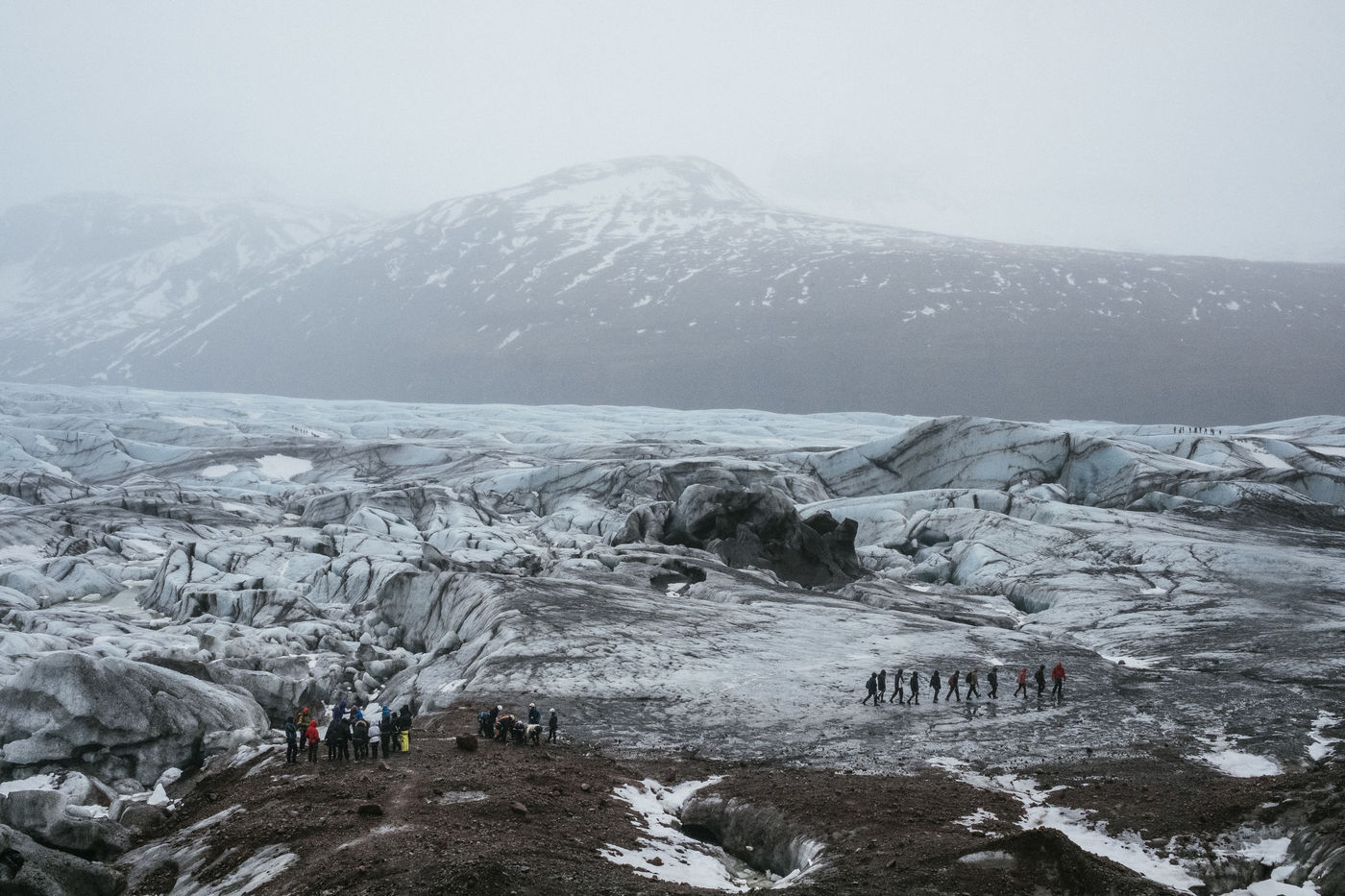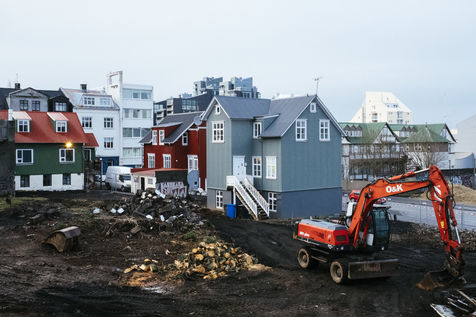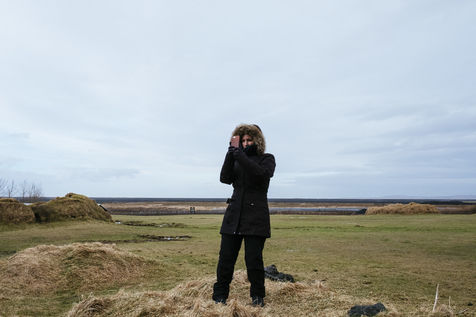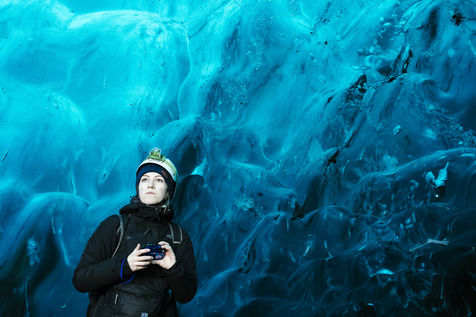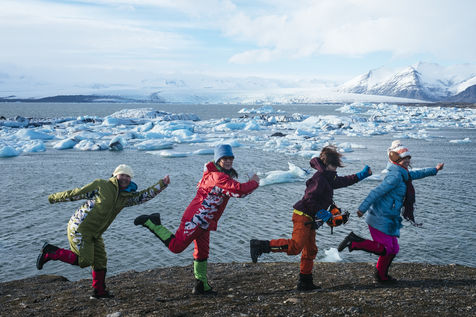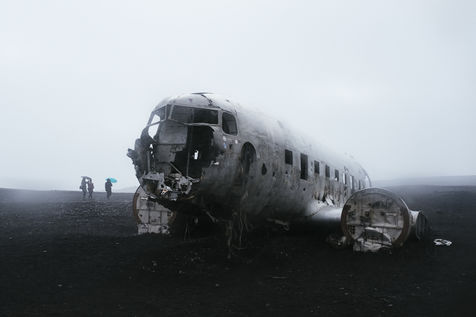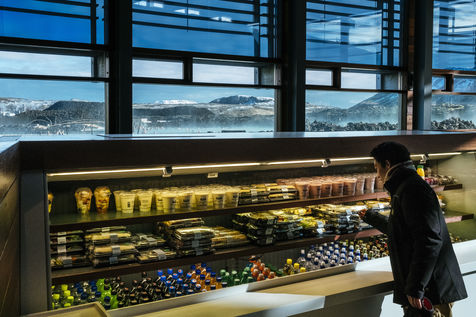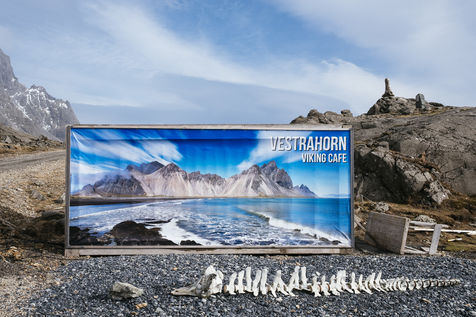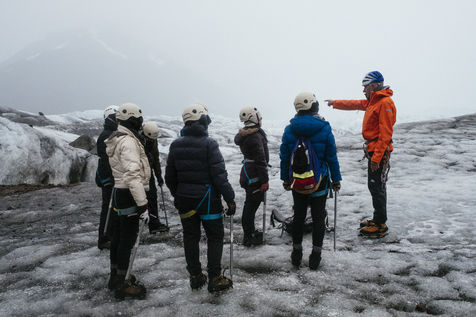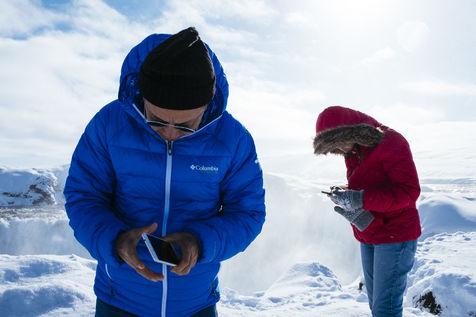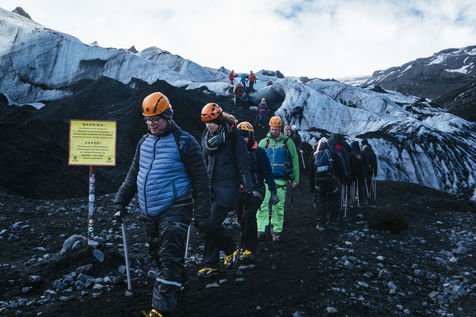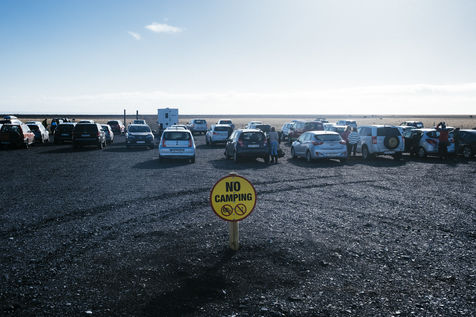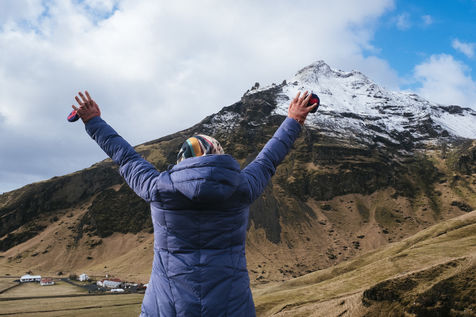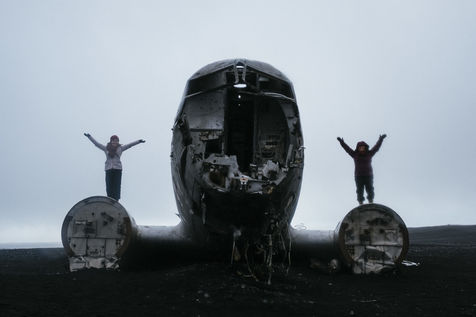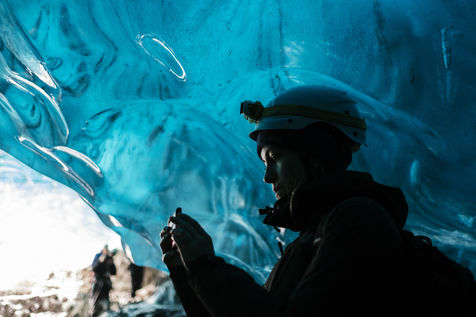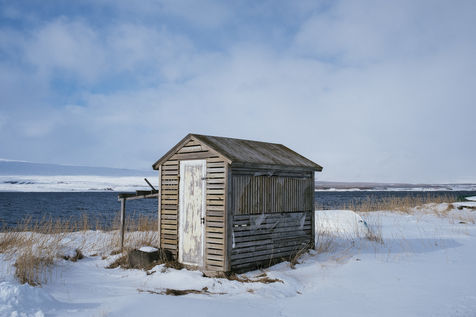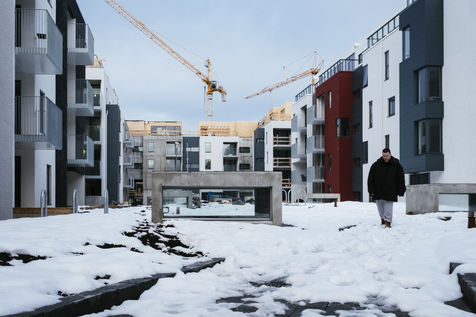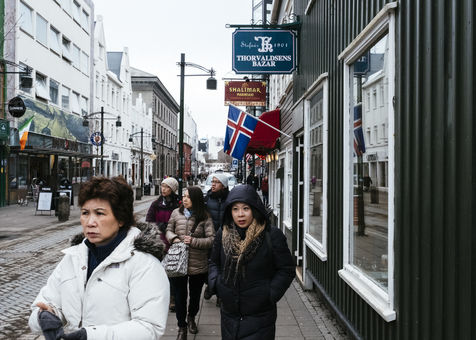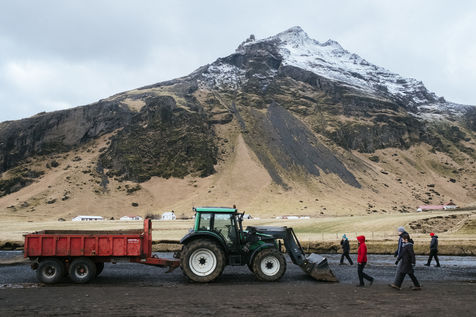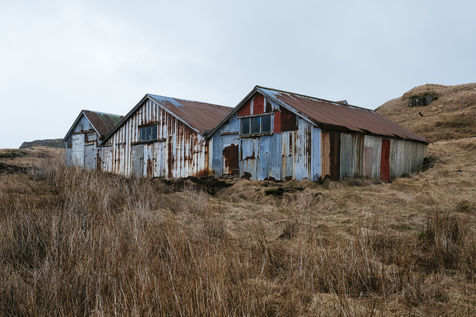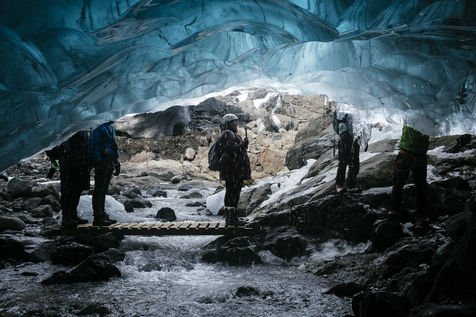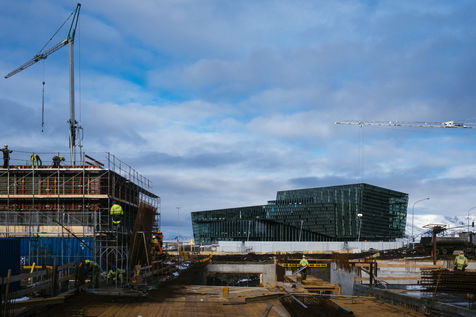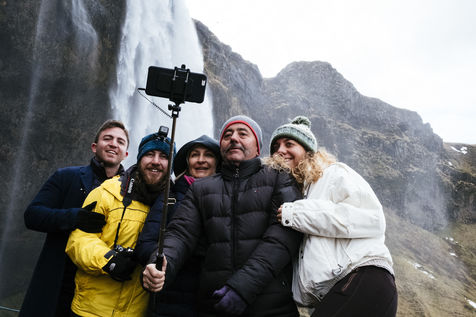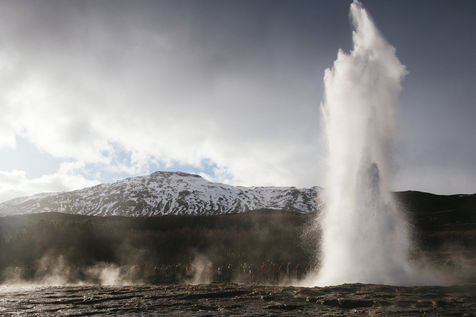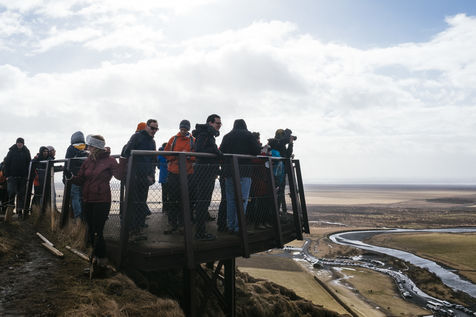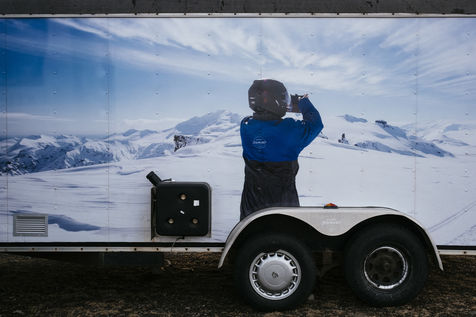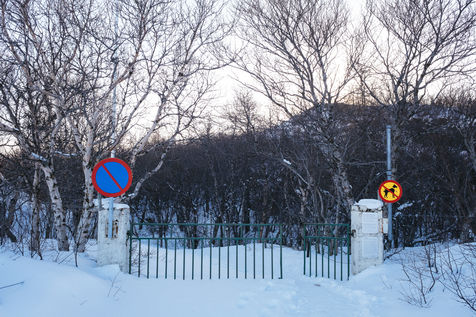Iceland : The silent epidemic
As the latest destination for travellers looking for stunning scenery, the small North Atlantic island of 335,000 inhabitants welcomed more than two million tourists in 2017 and 20 to 30% more tourists each year.
Tourism would now be the country's main source of income, ahead of the secular fishing and aluminum industries. A fact that could well change the face of the country and its exuberant nature, a land of ice and fire. Iceland can rely on its near-zero insecurity, to position itself as a "safe haven", far from the threats of terrorist attacks that affect the tourist market around the Mediterranean.
The dynamism of the airline sector, the arrival of new players and increased competition on tariffs are all factors that make up a whole set of factors that propel the country to the forefront. The activity explodes, the guesthouses multiply, offering a second life to abandoned farms, thus repopulating deserted territories. However, the tourism boom poses serious challenges to the country. The road infrastructure is not following, hotels are saturated, the explosion of Airbnb raises the price of housing in the capital, to the detriment of city dwellers who now struggle to find a roof. Young people who can not find a place to live leave the country, the gap between generations is widening.
Face to this concentration, the authorities are struggling to ensure the establishment of the necessary reception facilities. Toilets, car parks, signs are insufficient as regards tourist influx. Sites, previously little visited, are now stormed by tourist buses and increasing rental cars. Individual tourists are unleashed in the country without being sensitized beforehand to the extreme fragility of the sites.
The stakes are such that a "Task Force" has been put in place in order to anticipate and prepare the expected growth of this manne in the decades to come. Face to with this steadily increasing influx, the Icelandic government is currently considering solutions that would allow the country to continue to benefit from the revenue generated by tourism while preserving its natural sites.
Means for channelling tourist flows throughout the territory, for limiting the number of visitors admitted to the island year-round, distributing the masses and developing the most vulnerable sites are implemented. These measures may reduce tourism pressure in a few specific locations, but also better control the environmental impact of this now mass tourism.
The economic model of the island is fragile. Many economists fear that tourism will lose momentum or even fall within a few years, before the island takes advantage of it to diversify its activities. All the more since the origin of this boom, especially as for winter tourism, is directly linked to social networks. If social media turn against tourism in Iceland, the effects would be felt very quickly. The reputation of a destination is more easily destroyed than built.
Visiting a territory that inspires ecological integrity should be accompanied by practices that promote the protection of this integrity, both in terms of the offer of tourist activities and of the choices to discover the island. The urgency of the situation implies acting quickly and adequately to preserve both the natural features and aspect of the sites. This requires admitting that the carrying capacity of certain sites has a limit, in the hope of preserving the authenticity of the experience of the visitors.
We will have to be creative in reinventing tourism and fostering its more responsible and ethical development. The current configuration of tourism development is a fertile ground for the flourishing local, human and sustainable alternatives, as well as for the giants of the tourist industry. In the meantime, the best is to allow time to become aware of the immense wealth of the island, but also of the fragility of its ecosystem, and adapt one's behavior, on sites and in the choice of providers.
